DROPS Fabel
Superwash treated sock wool
from:
2.70€
per 50 g
Content: 75% Wool, 25% Polyamide
Yarn Group:
A (23 - 26 stitches)
/ 4 ply / fingering
Weight/length: 50 g = approx 205 m
Recommended needle size: 3 mm
Knitting tension: 10 x 10 cm = 24 sts x 32 rows
Care: Machine wash on gentle cycle 40°C / Don’t use fabric softener / Dry Flat
Superwash: yes
Made in: EU
Raw material origin: Wool from South America, polyamide from Italy
This yarn has an Oeko-Tex® certification (certificate number 25.3.0110), Standard 100, Class I from the INNOVATEXT TEXTILE ENGINEERING AND TESTING, HUNGARY. This means that is has been tested for harmful substances and is considered safe in human-ecological terms. Class I is the highest level, and it means the yarn is suitable for baby articles (ages 0-3).
Hard wearing as only a sock yarn can be, DROPS Fabel is a 4 stranded yarn that is superwash treated, which makes it machine washable and easy to care for. Compared to regular sock yarns, DROPS Fabel is spun in a softer wool quality, which makes it an amazing all-round yarn, suitable for far more than socks - try it for baby garments!
Both print and long print colours in DROPS Fabel are produced with a method called “fancy dyeing” that differs from other methods in that each dye lot has small variations in both pattern and nuance. This is no fault or defect, but part of the yarn's character.
Knitted samples in this shade card show the transitions you get when knitting a few number of stitches, as in socks, so you can expect the colour gradient to look different/vary in projects with a different width.
Read more about our products' sustainability here
Please be aware that the colours shown may vary from screen to screen in the same way that shades may vary slightly from dye lot to dye lot.
How do I care for this yarn?

Machine wash on gentle cycle 40°C / Don’t use fabric softener / Dry Flat
First of all, consider just airing the garment, instead of washing it. If you still desire to wash it, here are some guidelines:
- Machine wash superwash treated wool - separately - using a wool/gentle cycle program at 40ºC with a light centrifugation (about 800rpm), and wool detergent without enzymes or optical brighteners.
- Don’t use fabric softener with superwash treated yarn.
- NEVER leave the garment to soak/wet in the washing machine for a long period of time.
- To dry the garment, shape it and lay it flat - do not hang - ideally on a warm bathroom floor or on top of a drying rack in a room with good air circulation. Never dry the garment in direct sunlight.
- Don’t tumble dry.
- Never iron the garment directly. Use always a damp cloth between your steaming iron or regular iron and the garment.
Note: If you are washing a project made with this yarn combined with another, the general guideline is to follow the washing instructions for the most delicate of the yarns you are working with.
Do you have a question about this yarn?
See a list of frequently asked questions (FAQ) about our yarns.
1) What type of fibers make the DROPS yarns?
Yarn can be made from a large number of natural and synthetic fibers. DROPS carries mainly yarns made from wool, cotton, alpaca, linen, mohair and silk. Each fiber type has its own qualities, and they are often mixed to take advantage of the best properties of each one. Coarse yarn has the advantage of being stronger and more durable, and finer fibers offer more softness and comfort. Here a bit about the main fibers we carry:
Alpaca:
Alpaca fleece is the natural fiber harvested from an alpaca, and it is similar in structure to sheep wool fiber. Its softness comes from the small diameter of the fiber, similar to merino wool. It is a soft, durable, luxurious and silky natural fiber. Yarn made from alpaca fibers does not felt or pill easily, and it can be light or heavy in weight, depending on how it is spun. While similar to sheep’s wool, it is warmer, not prickly, and has no lanolin, which makes it hypoallergenic. Alpacas come in 22 natural colors, with more than 300 shades from a true-blue black through browns-black, browns, white, silver and rose-greys.
Mohair:
This fiber comes from the Angora goats, and it's considered a luxury fiber. Mohair yarn is warm as wool, but much lighter in weight; it is durable, dyes well and does not felt easily. Mohair fibers have also a distinctive luster created by the way they reflect light. Despite being a hard fiber, mohair is usually spun into a very fluffy yarn, resulting in airy and lustrous garments.
Wool:
The wool fibers come from the skin of sheep and are relatively coarse fibers. Two striking characteristics of wool are its susceptibility to heat and its felting property, which is caused by the scales on the surface. Depending upon the breed of sheep, the appearance of the wool varies.
Wool from Merino sheep is considered the finest type of wool, having as characteristics that is finely crimped and soft. All the Merino wool in the DROPS yarns has its origins in South America, coming from sheep that have not been subject to Mulesing.
Pure new wool is wool made directly from animal fleece, and not recycled from existing wool garments.
Machine washable wool is wool treated chemically to minimize the outer fuzzy layer of the fibers, and be therefore fitable for machine wash (see Superwash).
Silk:
The silk fiber is a fine continuous fiber produced from the cocoon of a moth caterpillar known as the silkworm. While silkworm is cultivated, the wild or tussah silk is obtained from uncultivated silkworm cocoons. Silk fiber is one of the strongest natural fibers and makes a wonderful knitting yarn. It blends really well with other fibers, especially wool. Silk also dyes beautifully with natural dyes.
Vegetable fibers:
There are several varieties of vegetable fibers, found in the cell walls of plants or vegetables. Of all the varieties, two are recognized as major knitted or textile fibers. They are cotton and linen.
Cotton is the fiber surrounding the seeds in a cotton pod, and it is almost pure cellulose. Cotton is usually white in color but there are green and brown varieties as well. The cotton fiber is most often spun into yarn or thread and used to make a soft, breathable textile that is good for summer clothing and accessories, making a weaker yarn than silk or linen but stronger than wool.
Mercerized cotton is cotton that has been through a mercerization treatment. This treatment gives cotton fabrics and threads a lustrous yarn that is more lustrous than conventional cotton. It is also stronger, takes dye a little more readily, makes the yarn more resistant to mildew and reduces lint. It also may not shrink or lose its shape as much as "regular" cotton.
Linen is a fiber derived from the stalk of the flax plant that is durable and stronger than any other fiber. The linen fiber is relatively soft, straight and lustrous and becomes more beautiful with age. Linen is more comfortable to wear in hot temperatures than cotton, due to the fact that it absorbs moisture better and dries more quickly.
Other materials used in our yarns include synthetic fibers such as acrylic, viscose, polyamide (nylon) and polyester. These fibers are used mostly to give strength to a yarn (like our sock yarn, DROPS Fabel) or a special kind of structure (like our blown yarn, DROPS Air).
The polyamide fibre, commonly known as nylon, is very strong, durable, lightweight, easy to care for (can be machine washed and dried), and elastic, which makes it perfect for blending with other fibres to produce hard-wearing yarns like sock yarn.
Compared to polyester, polyamide is softer and more flexible, but it also absorbs more water and dries slower.
3) What type of information can I find on the DROPS yarn labels?
All DROPS yarn labels include information about fiber content (wool, cotton, etc.), weight in grams and ounces, length in meters and yards, washing instructions and symbols (explained here), color number, dye lot number and yarn group information.
4) What are the DROPS yarn groups?
All DROPS yarns are classified into 6 different thickness groups (A to F). Yarns in a same group have similar knitting tension/gauge, and can therefore be interchanged in patterns; however the length may be different, so when substituting always calculate the amount of meters/yards needed for the pattern to know the amount of yarn you need to get.
5) Can I use a different yarn than the one mentioned in the pattern?
Yes, as long as the yarn can be worked in the same knitting tension/gauge. Always swatch to make sure you get the same number of stitches in width and rows in height as given in the pattern.
Remember that different yarns with different textures, will give the garment different looks. The yardage/length may also be different, so when substituting always calculate the number of yards needed, in order to know the amount of yarn you need.
Read more about how to calculate the amount of an alternative yarn - and how to replace 1 thread of a yarn with 2 or more of another, here.
6) What does it mean when a yarn is “Superwash”?
A superwash wool is a special wool product that has been treated or processed in a way that allows it to be machine washable. Many people are afraid to work with wool because it is so easy to shrink (though some shrink wool on purpose) and superwash wool can allow them to work with great fibers without worry. (Read more here).
7) What does “Oeko-Tex® certified” means?
The Oeko-Tex® Standard 100 was introduced at the beginning of the 1990s as a response to the needs of the general public for textiles which posed no risk to health. The Oeko-Tex® Standard 100 is a globally uniform testing and certification system for textile raw materials, intermediate and end products at all stages of production. The test for harmful substances comprise substances which are prohibited or regulated by law, chemicals which are known to be harmful to health, and parameters which are included as a precautionary measure to safeguard health.
For more info go to www.oeko-tex.com
10) How accurate are the colours on the shade cards online?
When obtaining images for the shade card, we do our best to achieve the highest level of color accuracy. Unfortunately, we cannot guarantee how images will appear on your computer screen. Every monitor displays color differently, some colors might look darker than they really are, and some colors might be more saturated on some screens. If you experience that many of the yarn colors looks different on your screen than the actual color of the skeins, you can adjust the setting on your monitor.
11) What is a micron? What does super fine / extra fine mean?
The fineness of yarn fibers is measured in microns (thousands of millimeters). Super fine alpaca wool is 26-28 microns. Fine merino wool is less than 21.5 microns and extra fine merino is under 19.5 microns. The less microns the softer and more delicate a quality can be, the more microns the more hard wear the quality will be.
The reason why the microns in a yarn’s fibers are important is that the yarn will eventually become something else, and how delicate or coarse a yarn is will determine in part what we use it for. That’s why we recommend the softest yarns (like DROPS Baby Merino) for baby clothing, or why we choose to use a more hard wear yarn like DROPS Snow, for a seating pad or slipper.
12) Why are the colours in my skeins of print yarn different?
The reason why two skeins of a same print yarn look different can be 1) that both skeins are part of different dye lots; 2) that the skeins have been dyed using a technique called "magic print" (the one used for example in DROPS Delight), which provides unique patterns and smooth colour transitions to each skein, meaning also that within one dye lot, lighter or darker varieties might appear. This is no fault or defect, but part of the yarn's character.
13) My store doesn’t have the colour I want, what can I do?
If your DROPS store doesn’t have the yarn colour you want, try contacting a DROPS Super Store (the ones with the golden badges) - they will make sure to get a hold of the colour even if they don’t have it in stock themselves. See a list of all DROPS stores here.
14) Where can I find a specific dye lot of a colour?
Always try contacting your DROPS store first. If they do not have the dye lot you want we recommend you to ask other knitters and crocheters in the DROPS Workshop in Facebook or Ravelry, which may have the dye lot in their stash and might be willing to part from it.
Yarn sheds because there's not enough twist to hold all of the fibers together. All yarns have excess fibers (from production) that might come off as lint or shedding, in varied degrees that depend on how the yarn is spun. Brushed yarns ("hairier" yarns) like DROPS Melody, have more of these loose fibers than other yarns, and therefore shed more. Shedding also depends on what is worn under or over the garment, and whether this pulls at the yarn fibers. It’s therefore not possible to guarantee that there will be no shedding.
Below are some tips on how to get the best result when working with hairier yarns:
- When the garment is finished (before you wash it) shake it vigorously so the looser hairs come off. NOTE: do NOT use a lint roller, brush or any method that pulls at the yarn.
- Place the garment in a plastic bag and put it in your freezer - the temperature will cause the fibers to become less attached to each other, and excess fibers will come off easier. Leave in the freezer for a few hours before taking it out and shaking it again.
- Wash the garment according to the instructions on the yarn label. Garments worked with hairier yarns usually need to be shaken once dry after washing, so that the hairs rise and any excess fibers can come off.
Pilling is a natural process that happens to even the most exclusive of fibers. It's a natural sign of wear and tear that is hard to avoid, and that is most visible in high friction areas of your garment like a sweater's arms and cuffs.
You can make your garment look as new by removing the pilling, using a fabric comb or a pill/lint remover.
How can I replace this yarn?
If you are looking to replace this yarn with another DROPS yarn, you can use another yarn within the same yarn group, or try our yarn converter!
Other yarns in Yarn Group A
Read more about replacing yarn.Have a problem with the DROPS yarn you purchased?
When you purchase yarn from the shade cards or patterns on our site, you are not buying directly from DROPS but from one of the hundreds of DROPS stores around the world. It is therefore important that you take contact with the DROPS store where you bought the yarn, and that you save the labels of all the skeins you purchased (they are your warranty).
The DROPS store you contact will assist you and escalate the claim if necessary. Find a list of DROPS stores here.
Comments / Questions (304)
![]() Lis Hovgaard wrote:
Lis Hovgaard wrote:
Jeg savner lyse farver,lyseblå,lyserød i Fabel Print
04.02.2014 - 11:47Loupiot wrote:
Bonjour, le coloris 543 (roug-brun mix) est beaucoup plus rose et orangé que rouge brun. ça donne un effet plus lumineux... et plus clown quand même ! laine de bonne qualité.
11.01.2014 - 14:23
![]() C.Boom wrote:
C.Boom wrote:
Aanbevolen naald 2,5 mm, maar om 26 st op 10 cm te breien heb ik nld 3,5 nodig. Wat te doen?
31.12.2013 - 09:10
![]() Pirkko Aitman wrote:
Pirkko Aitman wrote:
Saknar grönt enfärgat ännu.
07.12.2013 - 22:45
![]() Birgit wrote:
Birgit wrote:
Met drops fabel print heb ik drie superleuke paar sokken kunnen maken, met drops fabel longprint kon dit niet: kleurverschillen, wisselende streeppatronen binnen een bol, knopjes, en daarna b.v. helemaal geen bruin meer in de strepen, wat er eerst wel in zat.... Had ik met de eerste drie gewoon geluk of zit het hem in het woord 'print'?
24.07.2013 - 22:29DROPS Nederland answered:
De Long print heeft een veel langere print dan de gewone print versie. De strepen zal hier niet zo wisselend zijn dan op de gewone print. Er zou geen fouten in het garen moeten zijn, Maar heb je twijfels over de kwaliteit van het garen, neem dan contact op met je verkooppunt. Ze kunnen het garen bekijken en evalueren.
14.08.2013 kl. 12:42
![]() Sanne wrote:
Sanne wrote:
Hallo, ich habe mir ein Schultertuch aus der Mouliné- Wolle (Farbe 801) gehäkelt und bin einfach begeistert!!! Auch wenn die Farbe braun / beige) doch eher grau als braun ist...
12.07.2013 - 16:53
![]() Carmen wrote:
Carmen wrote:
Ich wünsche mir viiiel mehr Farben in Fabel uni Colour. Warum nur so wenig Auswahl in einfarbiger Sockenwolle?
16.03.2013 - 14:47
![]() DROPS Design NL wrote:
DROPS Design NL wrote:
Kijk onder FABEL PRINT, rij 4 in het midden (nummer 3)
12.03.2013 - 10:54
![]() Riekie Thoma wrote:
Riekie Thoma wrote:
Dag... ik kan de sea mist 910 niet vinden van de fabel....
12.03.2013 - 10:25Joy wrote:
Just finished weaving 4 scarves in black Fabel and they're gorgeous. The hand is so soft. I know my clients will love them.
05.02.2013 - 14:09
![]() Jutta wrote:
Jutta wrote:
Hallo, die FArbe 905, Salz und Pfeffer sieht auf dem PC eher braun aus. Wird aber als schwarz-weiß-Mix beschrieben. Ist es eher schwarz-weiß oder braun?
04.02.2013 - 13:29Garnstudio Deutschland answered:
Liebe Jutta, die Farbe 905 hat kein braun, das müsste an den Bildschirm-Einstellungen liegen.
04.02.2013 kl. 13:51
![]() Maria wrote:
Maria wrote:
Svar till jenny. ja det är samma . P står för "print". Jättefina färger i det garnet.
30.12.2012 - 21:42
![]() Jenny wrote:
Jenny wrote:
Farve 542 grøn, er det den samme som i opskrift nr. 135-13 hedder: 542p, grøn mix?
21.12.2012 - 11:51
![]() Kerstin Nilsson wrote:
Kerstin Nilsson wrote:
Angående Maria Adolfssons kommentar om Fabel karneval 820. Kontakta Eks lilla bod tel.037010302. Hon har bra lager av Drops garner. Har själv fått tag i utgångna färger där
09.11.2012 - 18:28
![]() Garnstudio Deutschland wrote:
Garnstudio Deutschland wrote:
Hallo Yvonne. Fabel ist superwash ausgerüstet und filzt nicht ( bei Sockenwolle ist maschinenwaschbarkeit besser als Filzen).
05.11.2012 - 09:51
![]() Yvonne wrote:
Yvonne wrote:
Hallo, ich habe noch einiges an Fabel übrig und möchte damit Fäustlingen 17-13 für meine kleine Enkelin machen, kann man Fabel auch Filzen, gibt es den gleichen Effekt??? wenn nicht muss ich Socken machen
04.11.2012 - 09:29
![]() Annika wrote:
Annika wrote:
Har stickat med Fabel print i många år. På senare tid förekommer det oftare att garnet är avklippt och ihopknutet och dessutom fortsätter det i totalt fel ände efter knuten. Himla fult blir resultatet och jag blir jättebesviken o arg. Jag hoppas verkligen att de bättrar sig, de som sitter och gör knutarna, annars vågar jag inte fortsätta använda detta garn.
03.11.2012 - 18:00
![]() Maria Adolfson wrote:
Maria Adolfson wrote:
Varför ska förg 820 Karneval utgå? Den har ju precis kommit in i sortimentet! Jag hann tyvärr bara köpa två nystan.....
17.09.2012 - 21:03
![]() Louise MacMahon wrote:
Louise MacMahon wrote:
I love fabel. I have made about twenty pairs of socks in various colours. It is great fun waiting (and waiting) for the pattern repeat! Also it washes really well compared to other sock wools I've used and I have yet to find a ball with a knot in it. My favorite yarn. Thank you.
09.08.2012 - 11:27
![]() Sam wrote:
Sam wrote:
Presently knitting 125-36 in fabel. Yarns is superb to knit with and pattern is first class.
08.08.2012 - 16:13
![]() Huzen wrote:
Huzen wrote:
Geweldig kleuren en patronen van de fabel sokkenwol alleen jammer dat er zo vaak eindjes aan elkaar geknoopt zijn, en soms zelfs een tegengestelde richting aan elkaar zodat het streeppatroon op eens anders om loopt, lijkt me op een bolletje van 50 gram niet nodig
24.07.2012 - 18:31
![]() Daniela wrote:
Daniela wrote:
Con questo filato ho fatto già due lavori poi siccome sono rimasta molto contenta della corposità ma soprattutto dei colori ne ho ordinata dell'altra
19.06.2012 - 17:18
![]() Marie Danneels wrote:
Marie Danneels wrote:
Ik brei met het kleur 672 en ben heel tevreden over de mooie, warme kleurschakkering. Er zit wel degelijk oranje in maar de hoofdkleur is wijnrood. Aangenaam om met deze wol te breien ! Verwerkt prachtig !
17.05.2012 - 09:01Sophie wrote:
Merci de votre réponse. J'en ai fait part au magasin. Très bonne journée.
28.02.2012 - 09:12






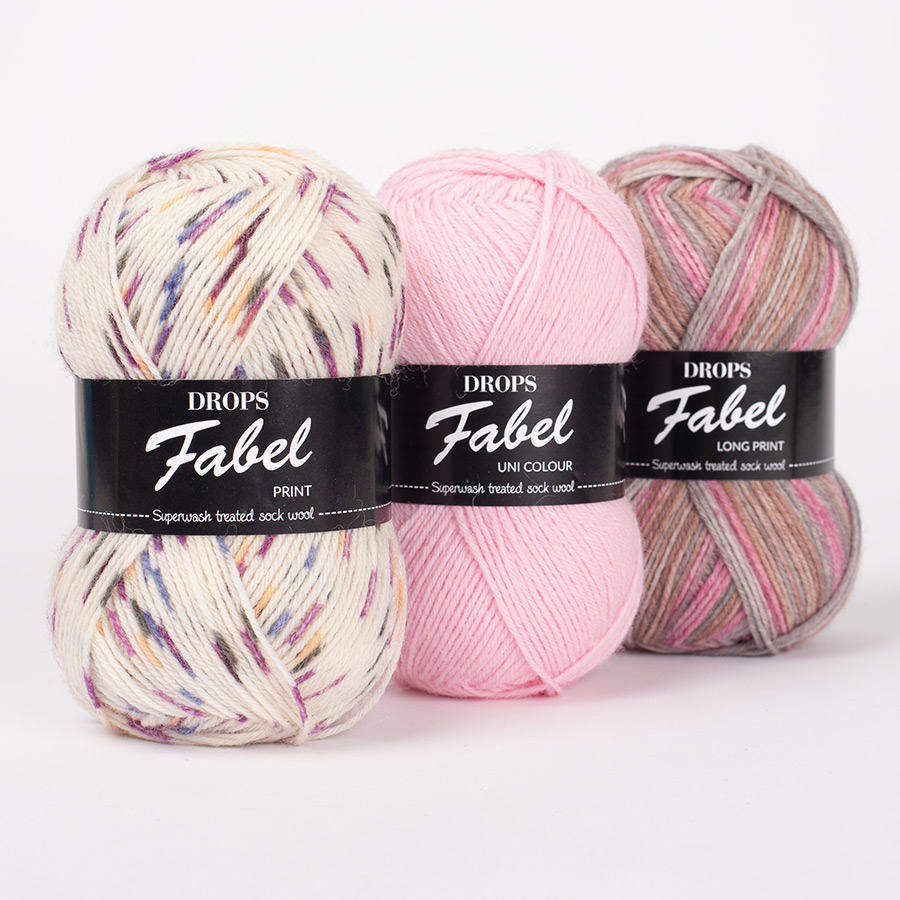
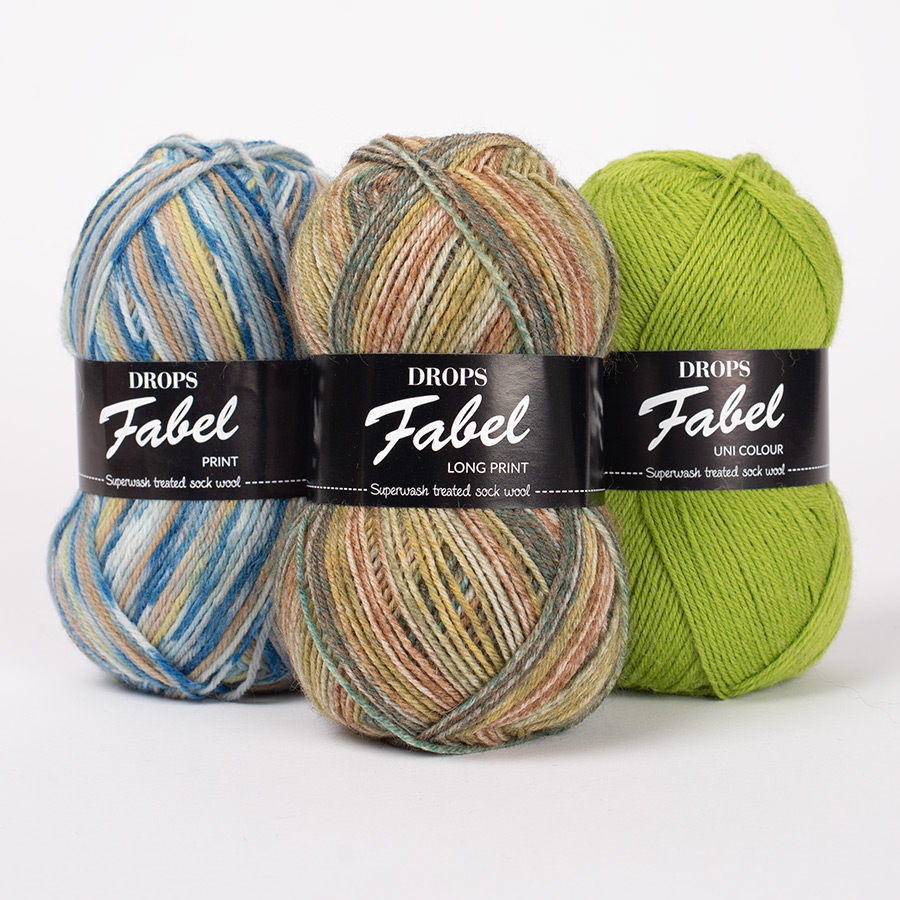
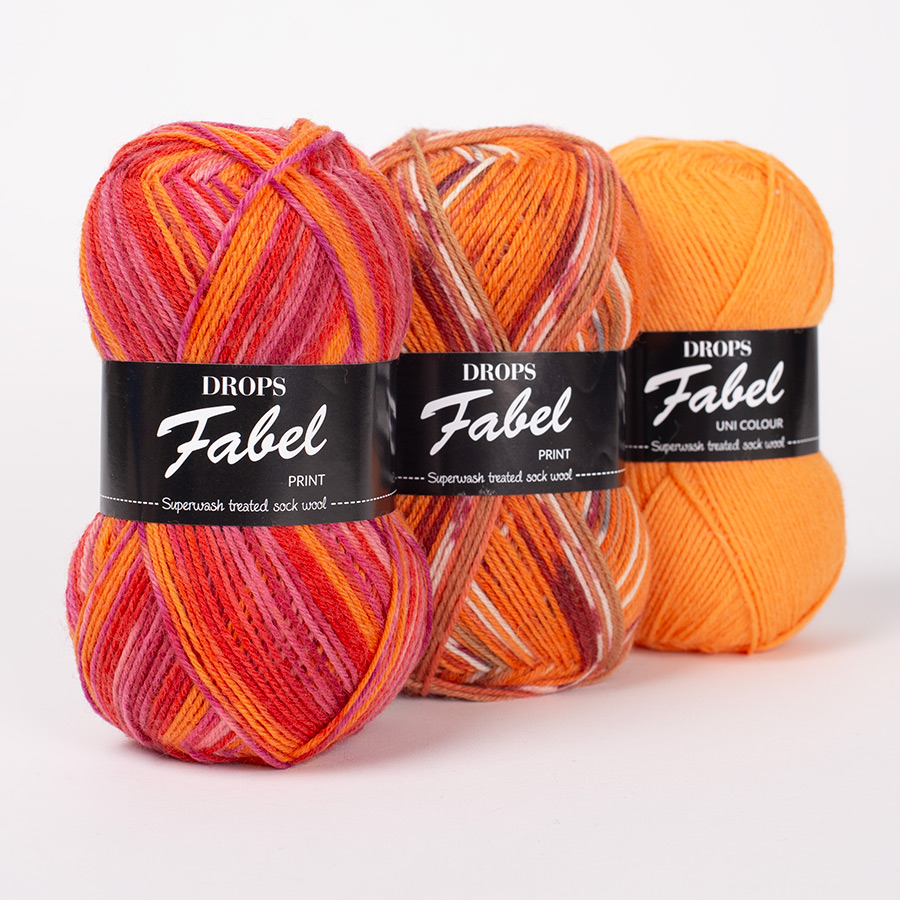
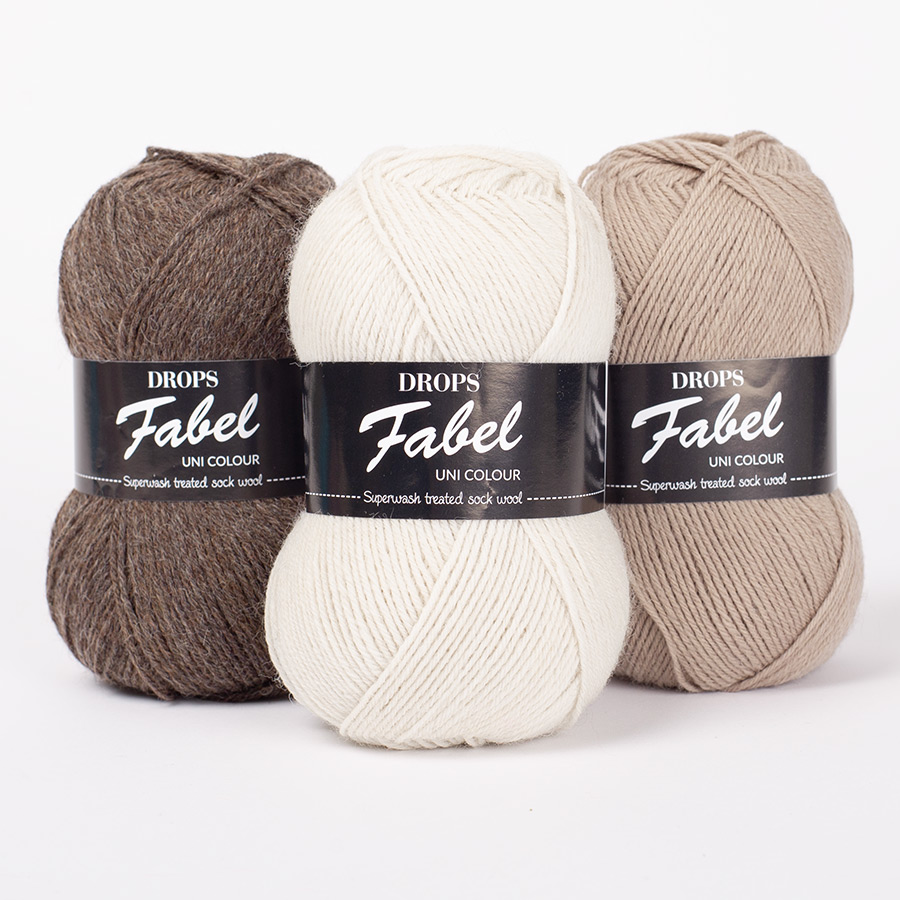
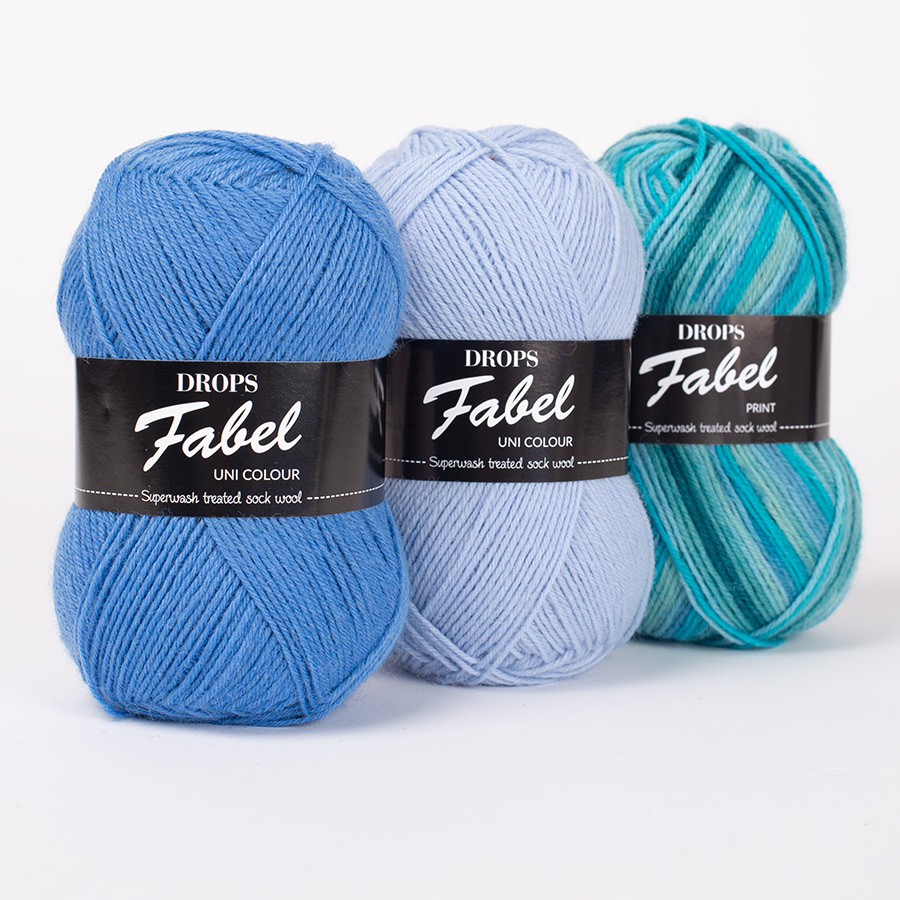
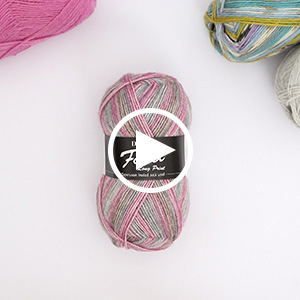







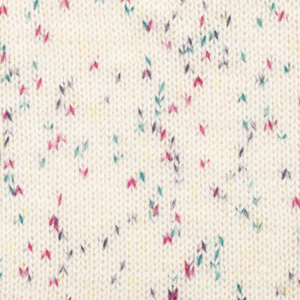
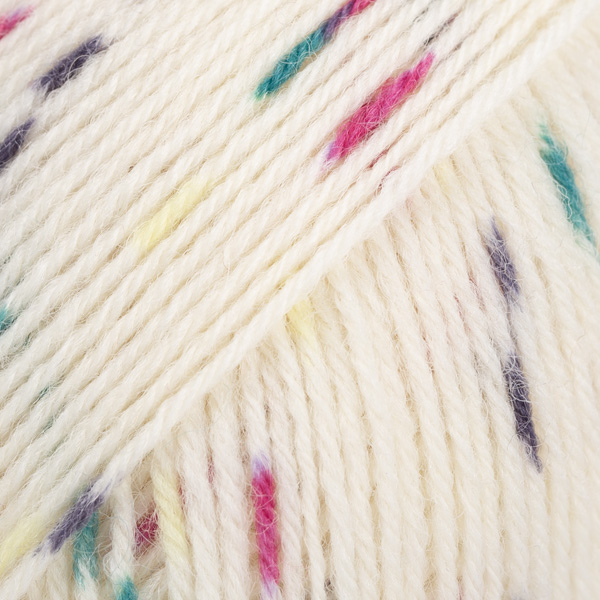
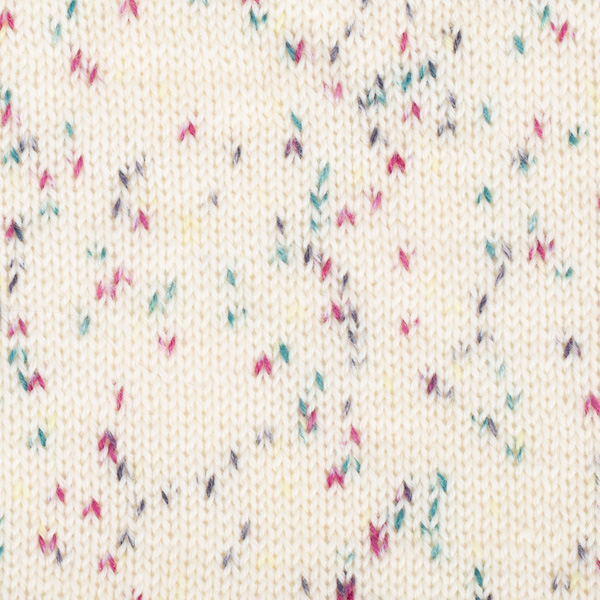

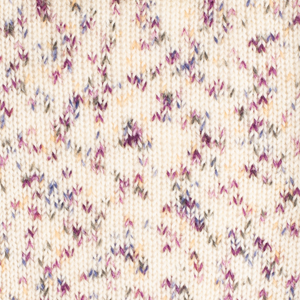
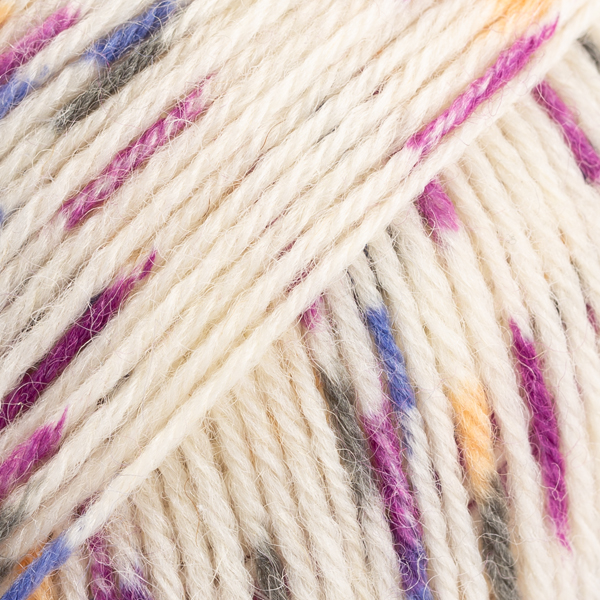
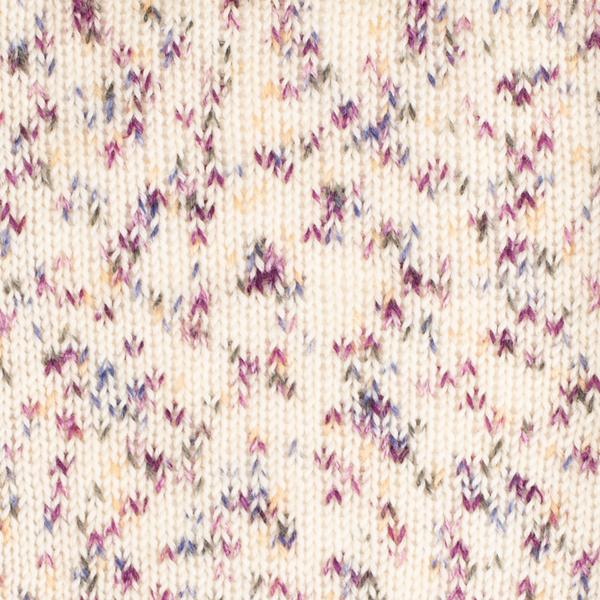

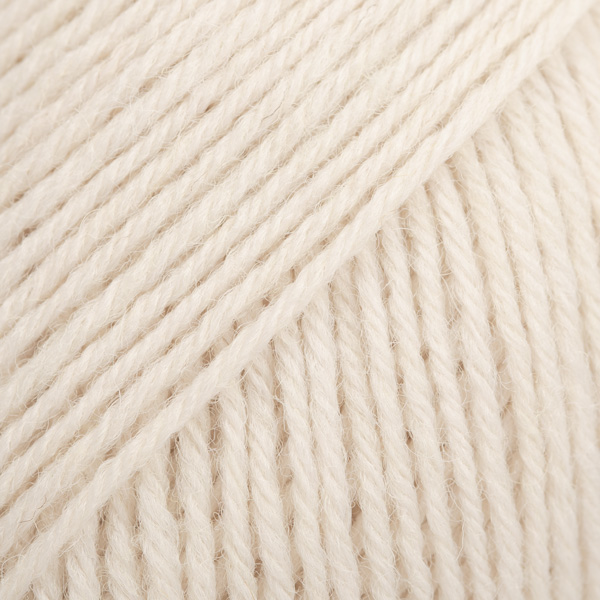










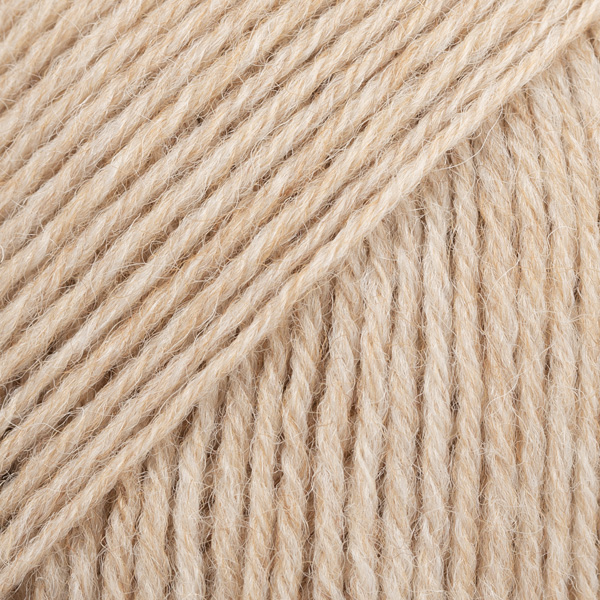

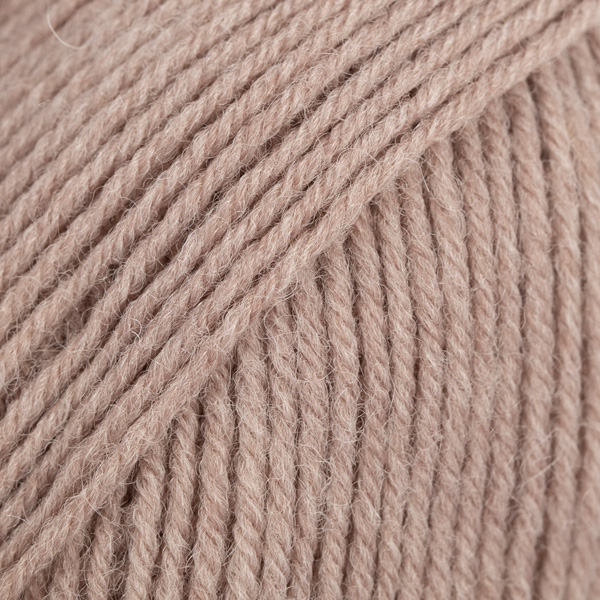
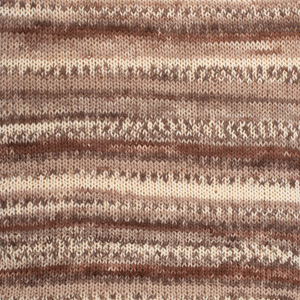
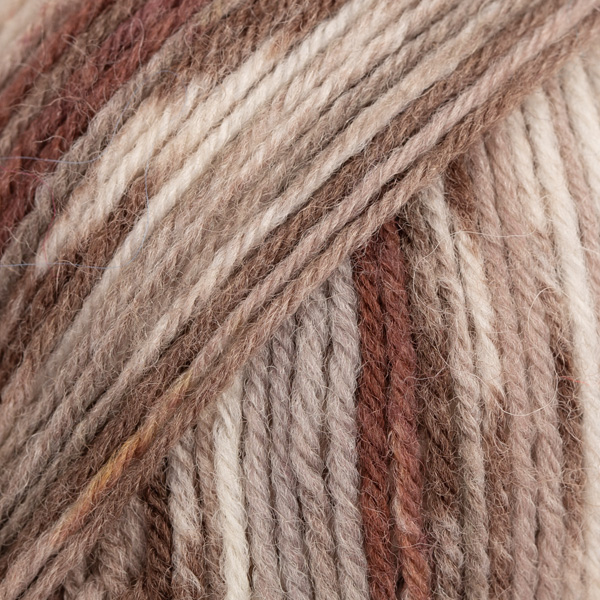
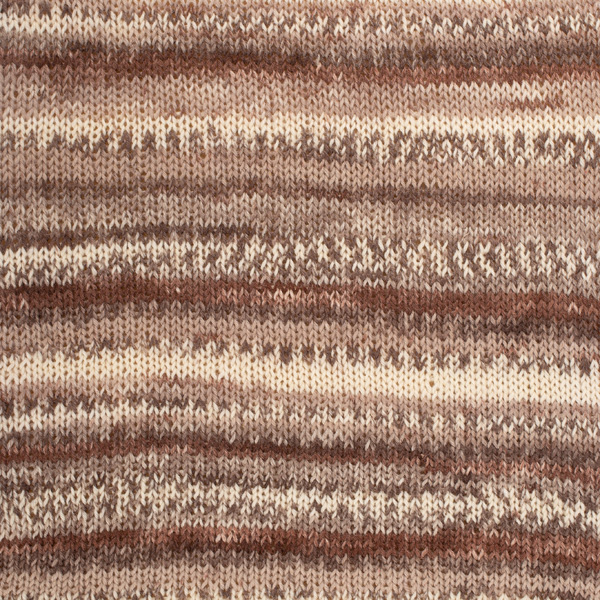

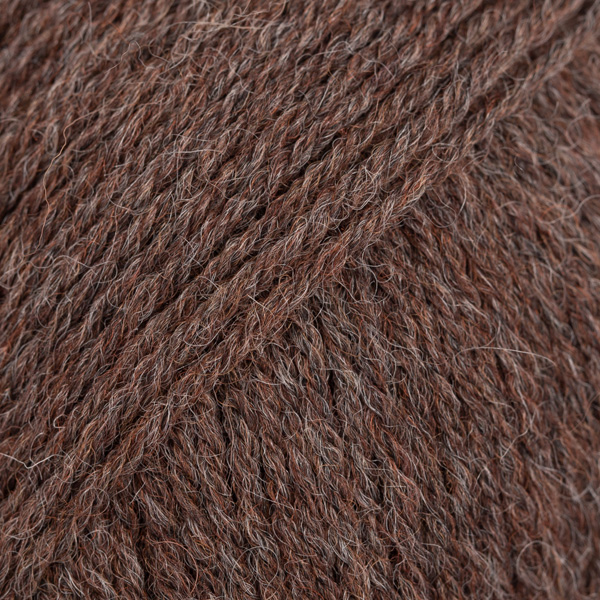
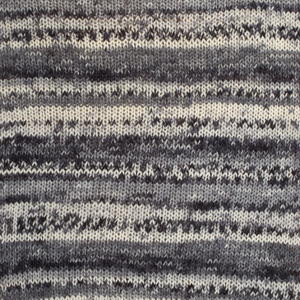
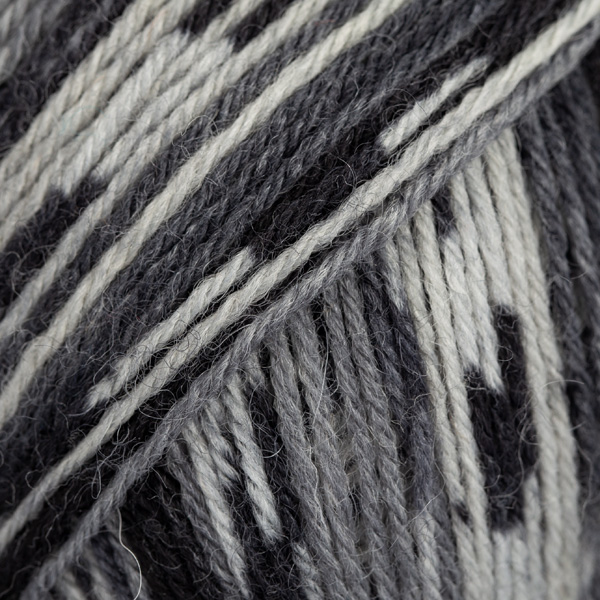
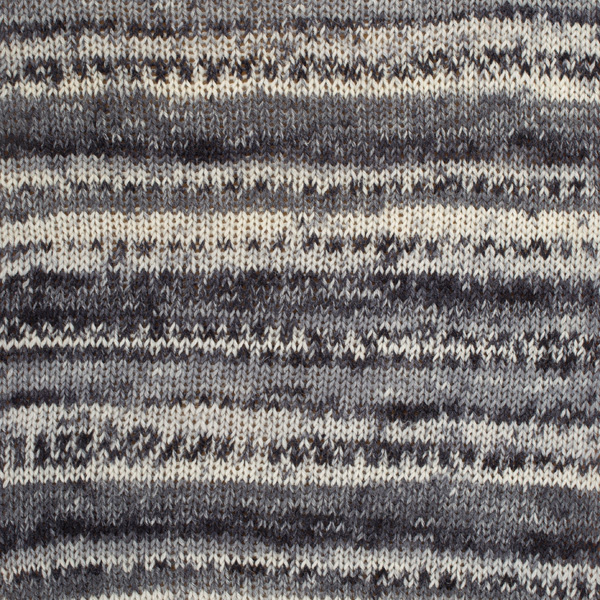
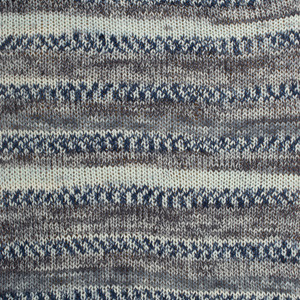
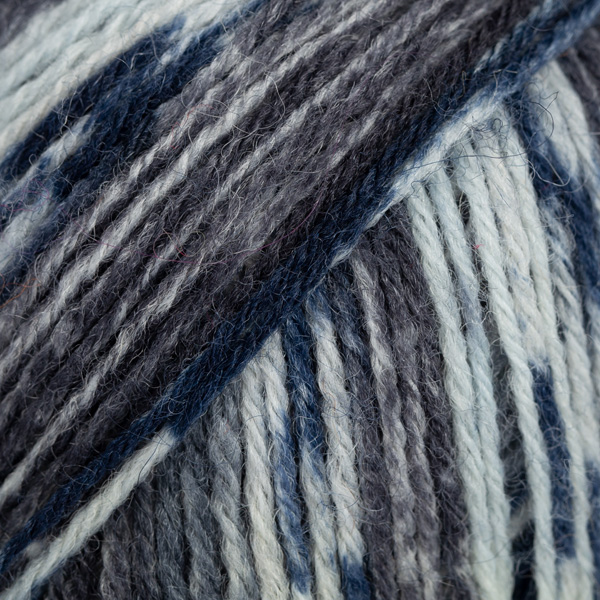
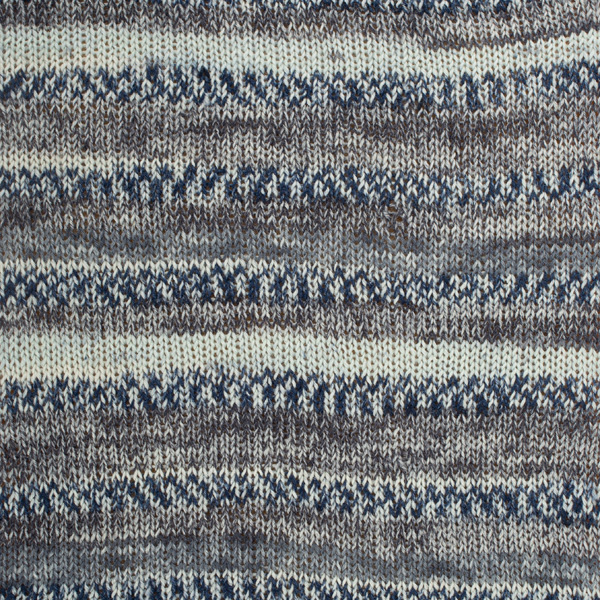

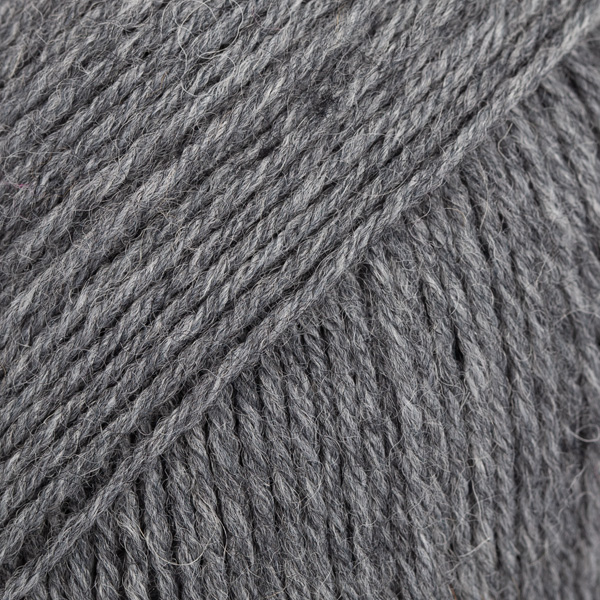

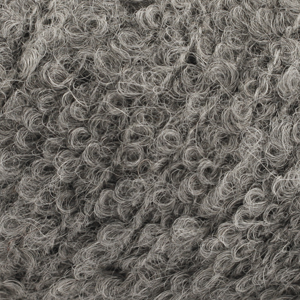




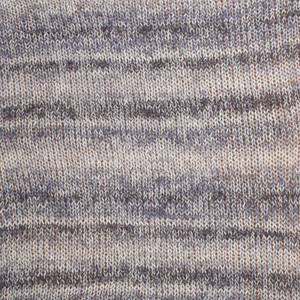
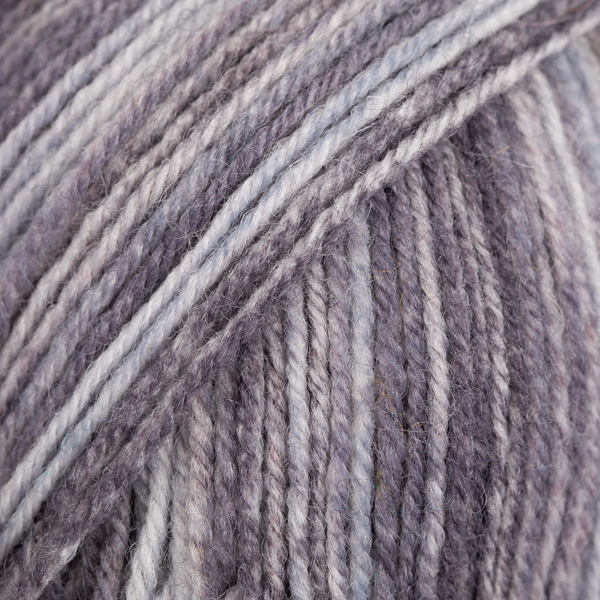
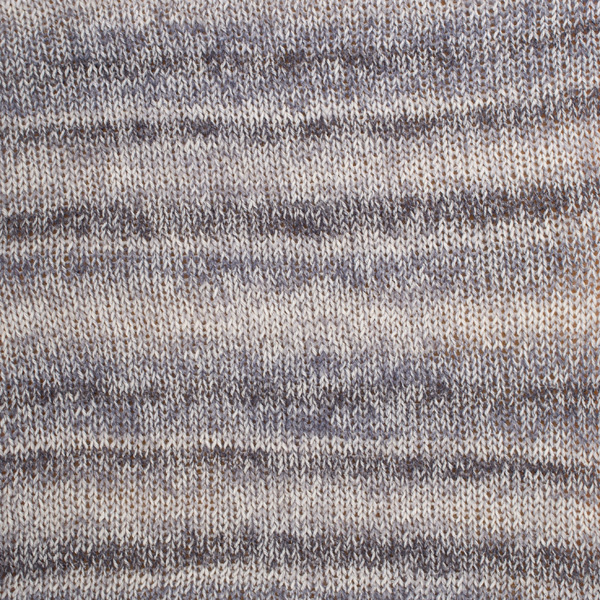

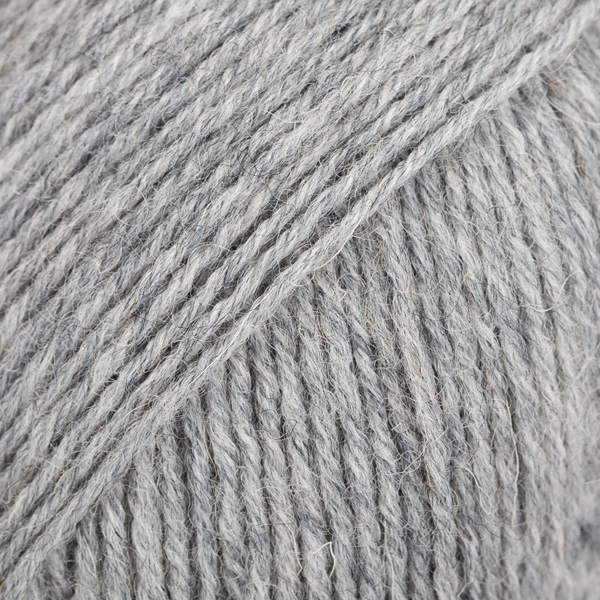



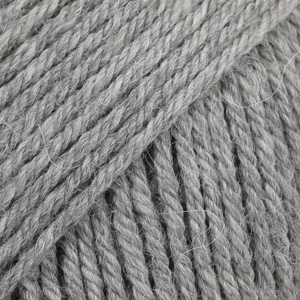





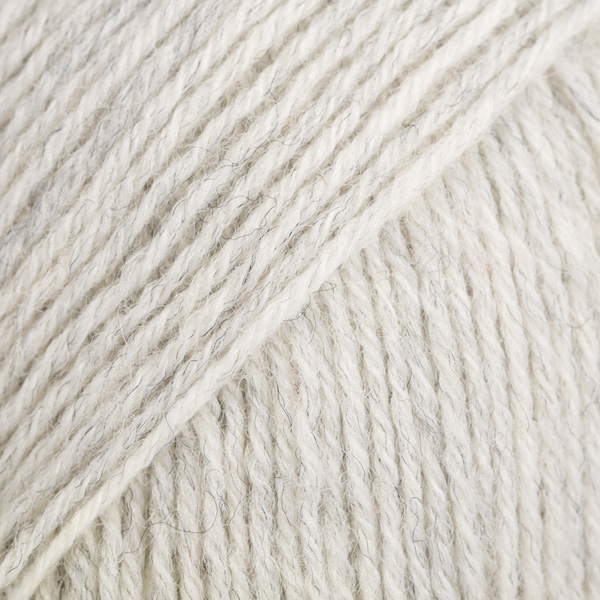

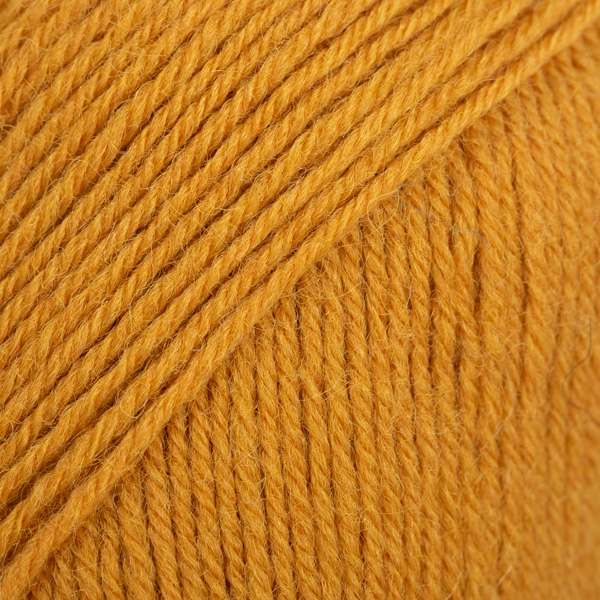
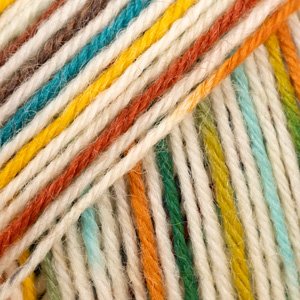
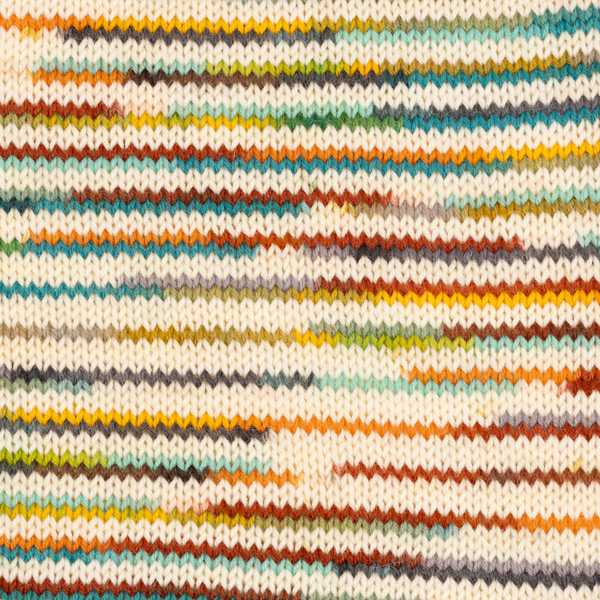
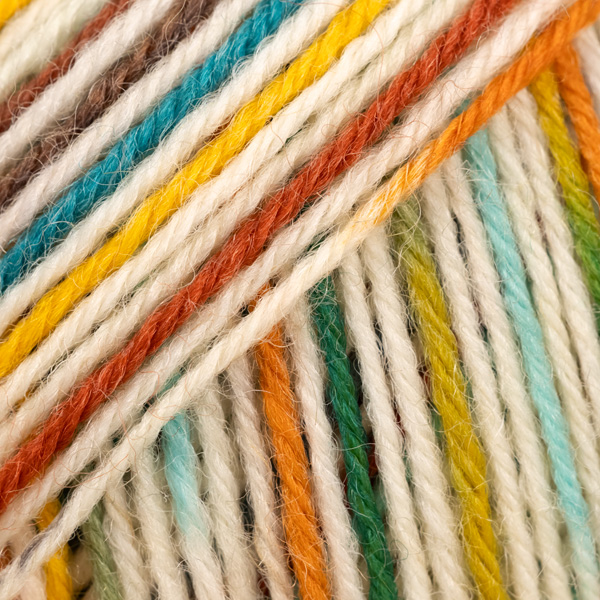

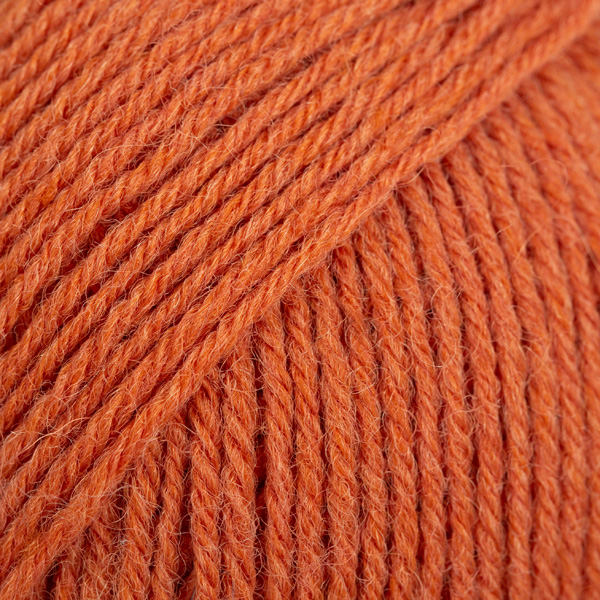

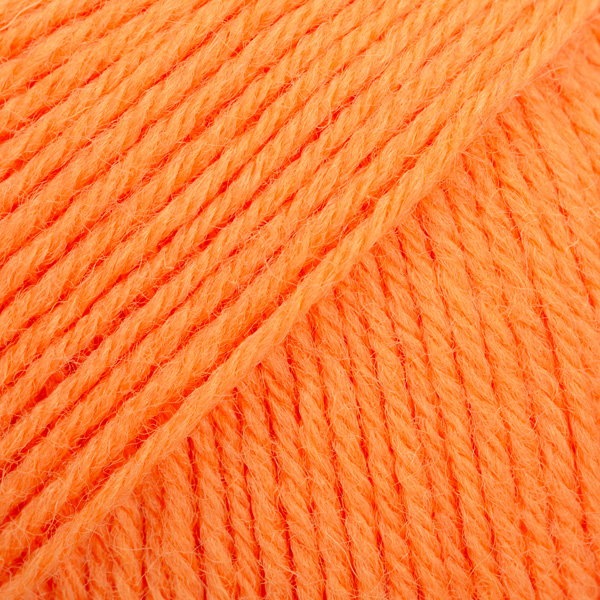





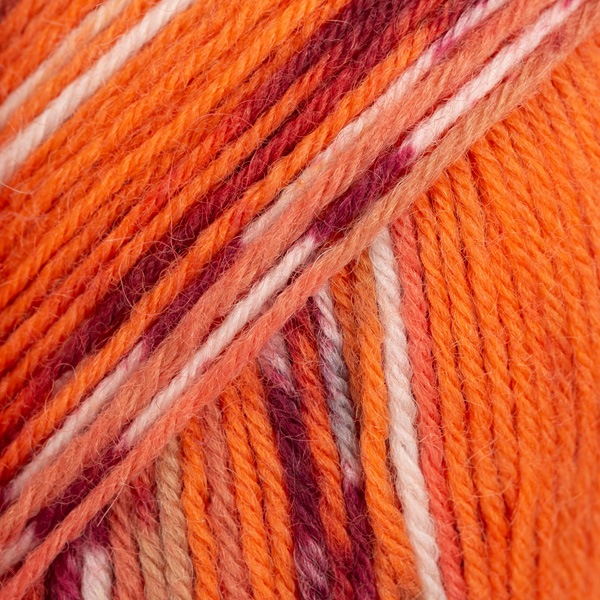
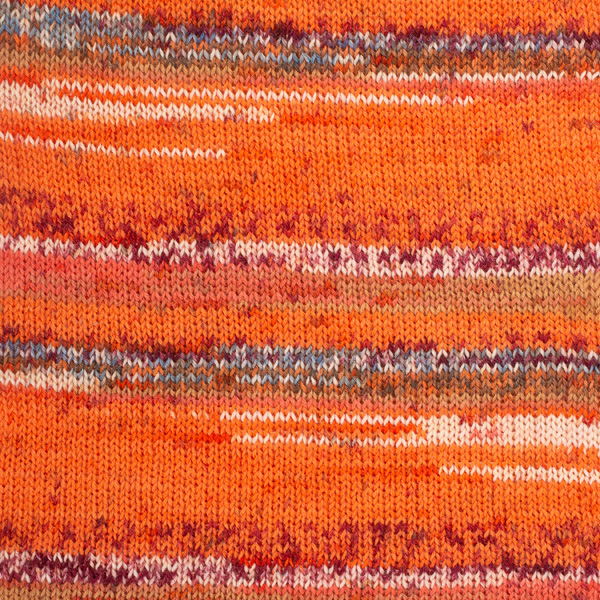

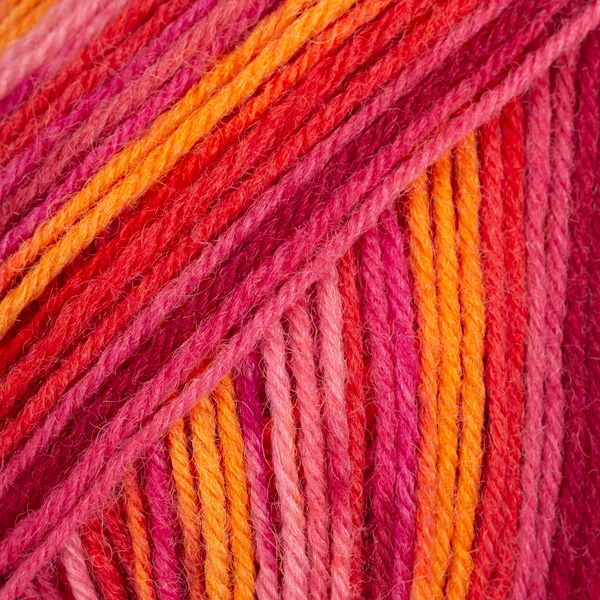
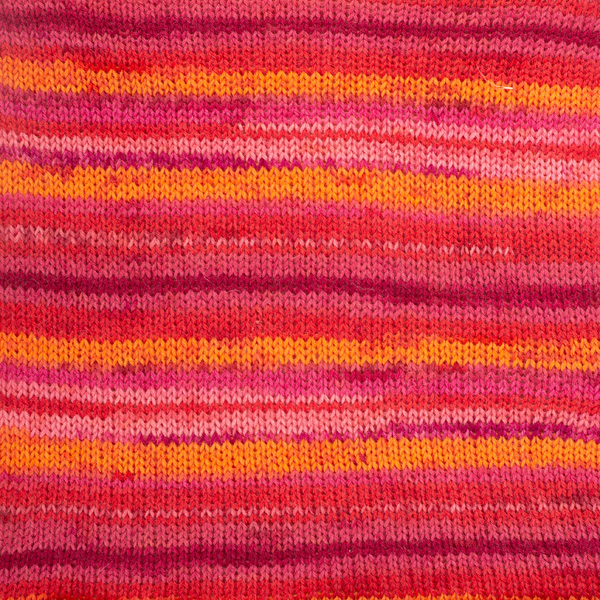

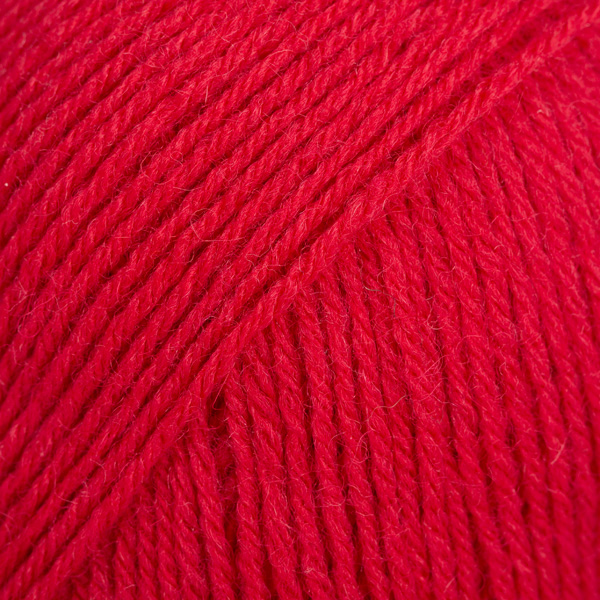
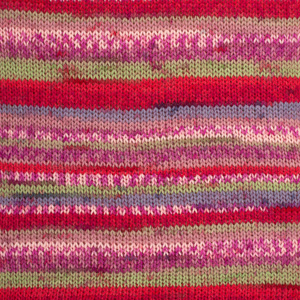
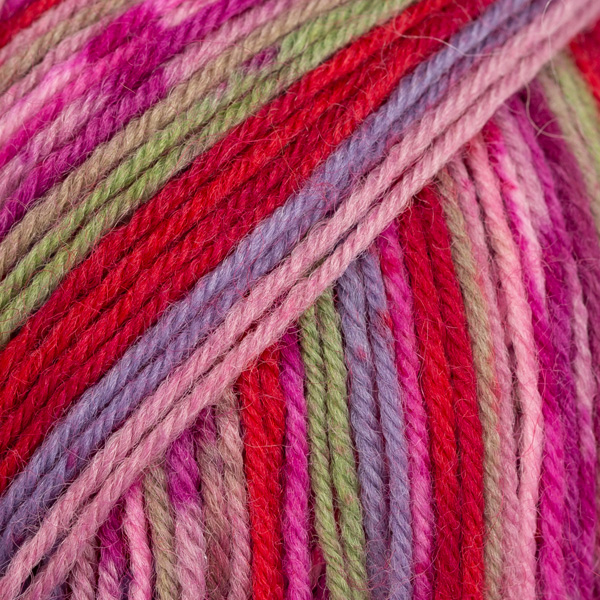
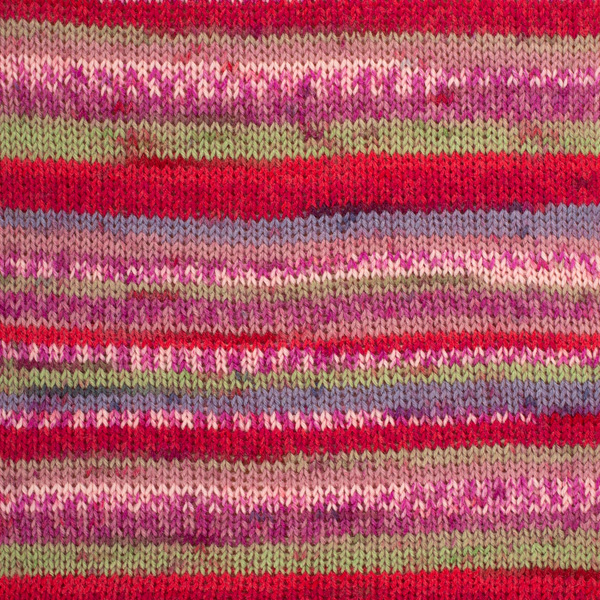
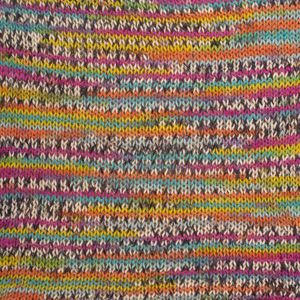
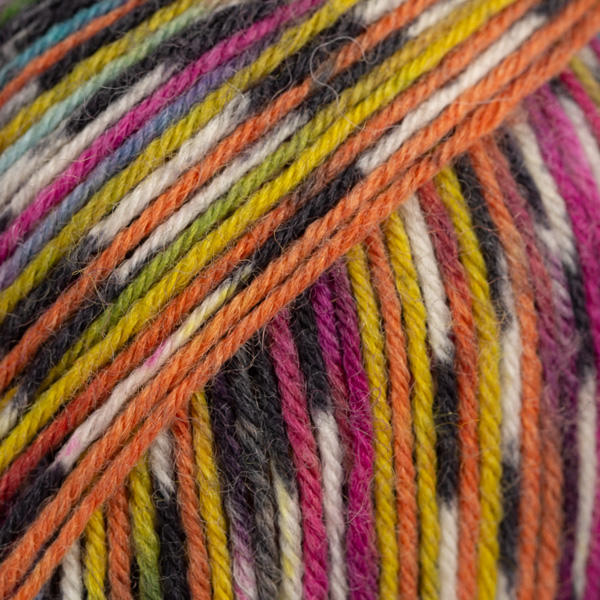
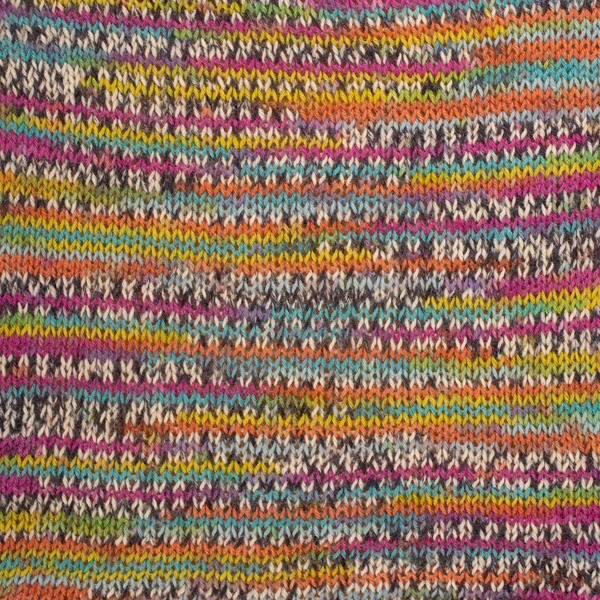

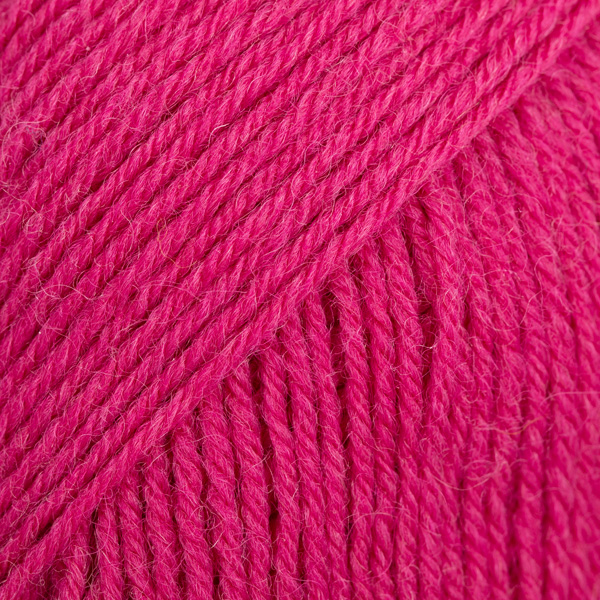


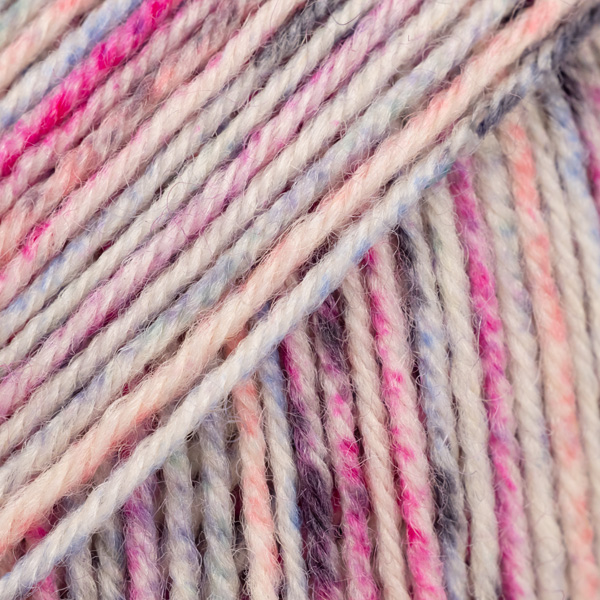

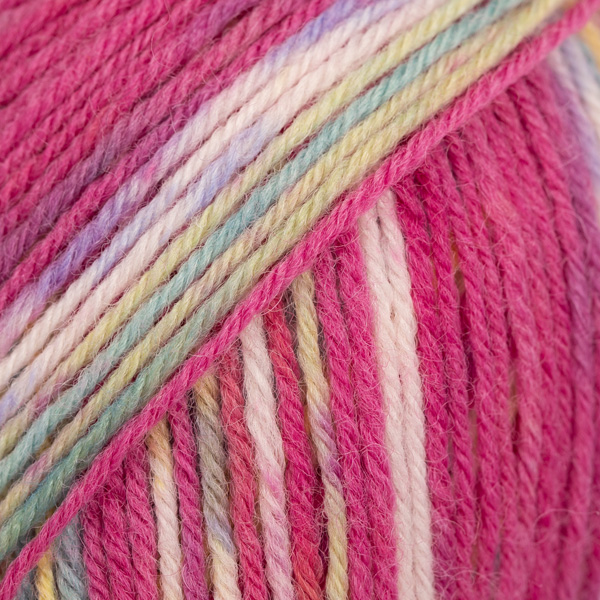
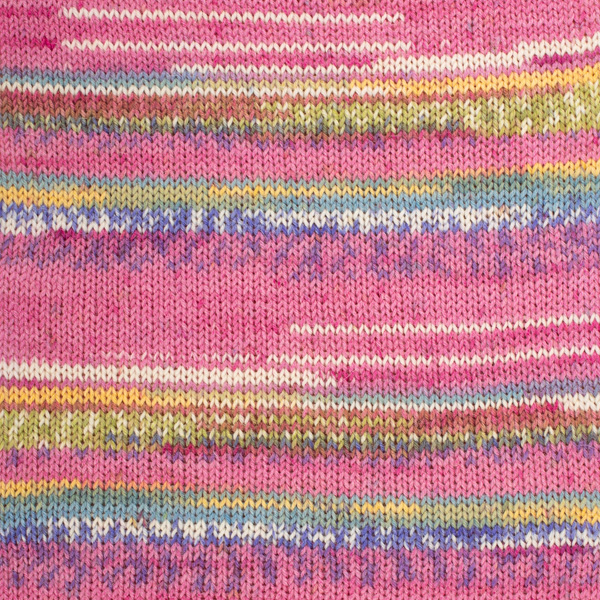



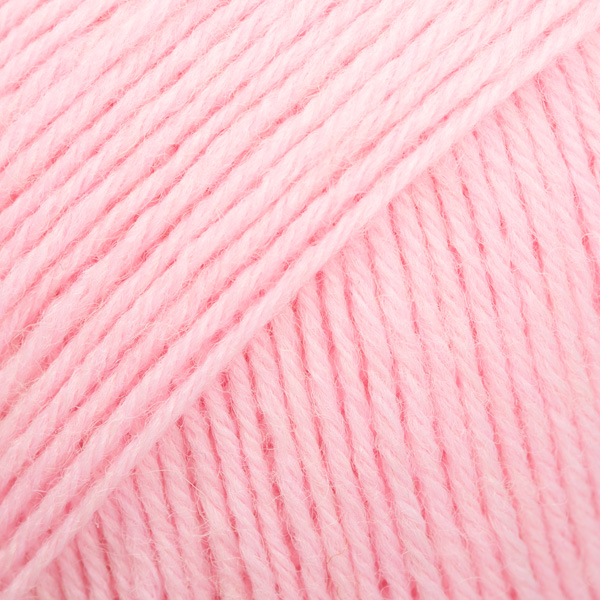



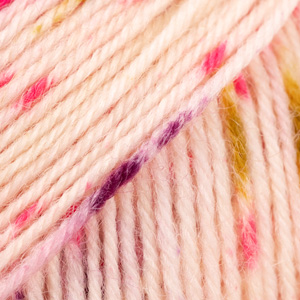
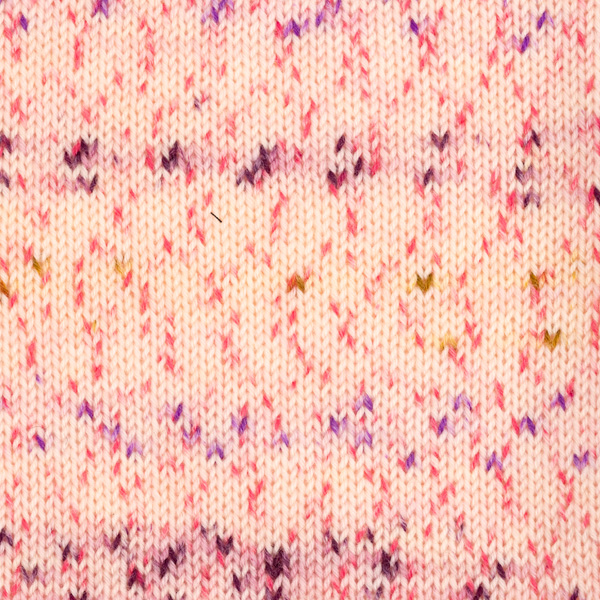


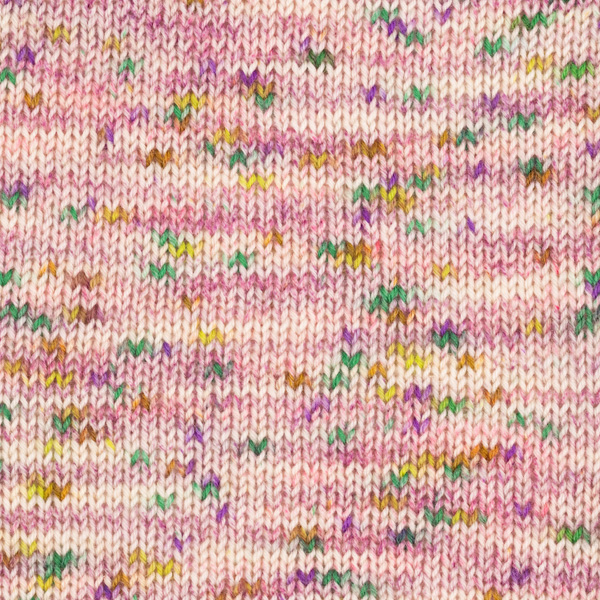
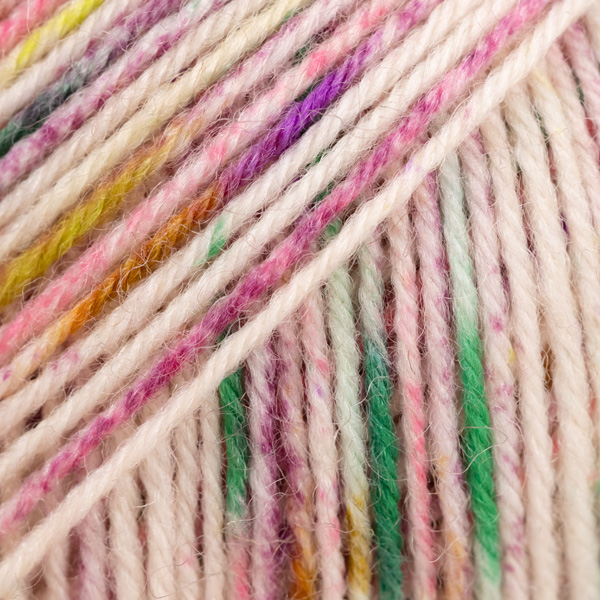
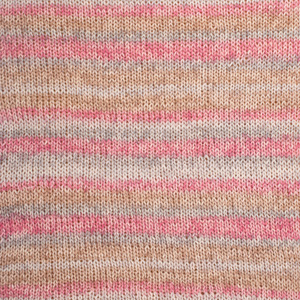
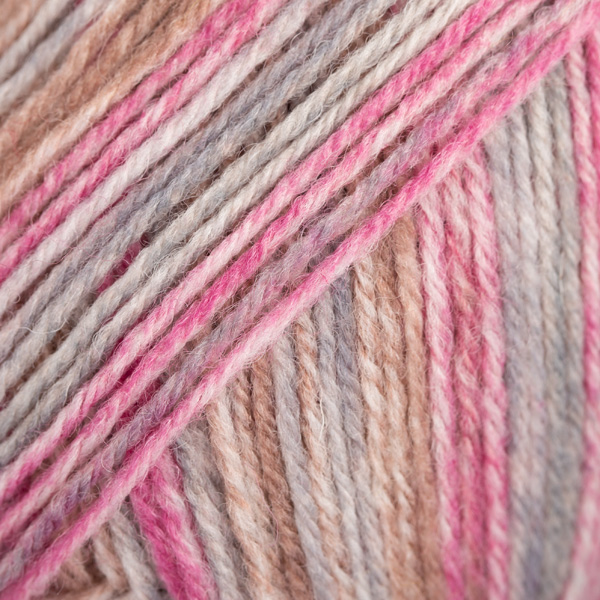
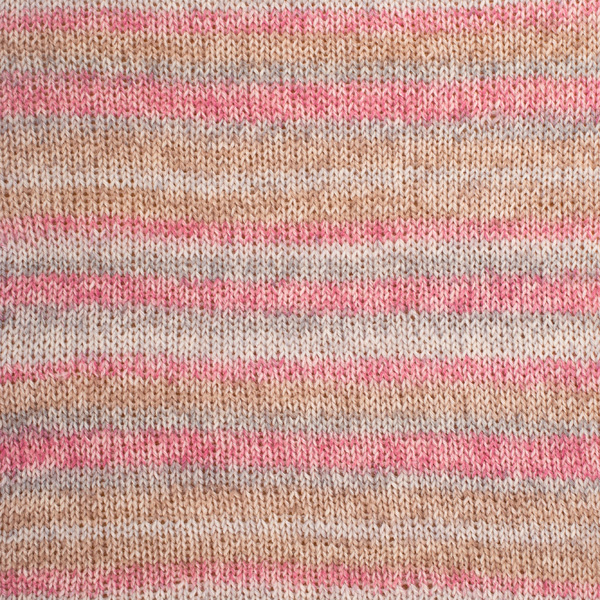
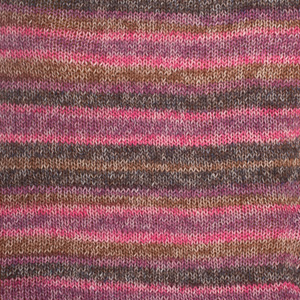
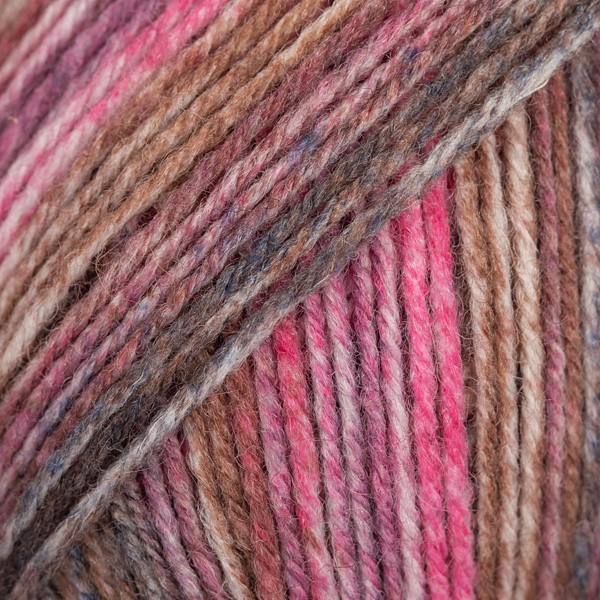

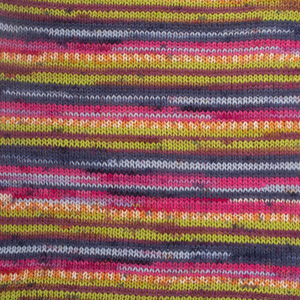
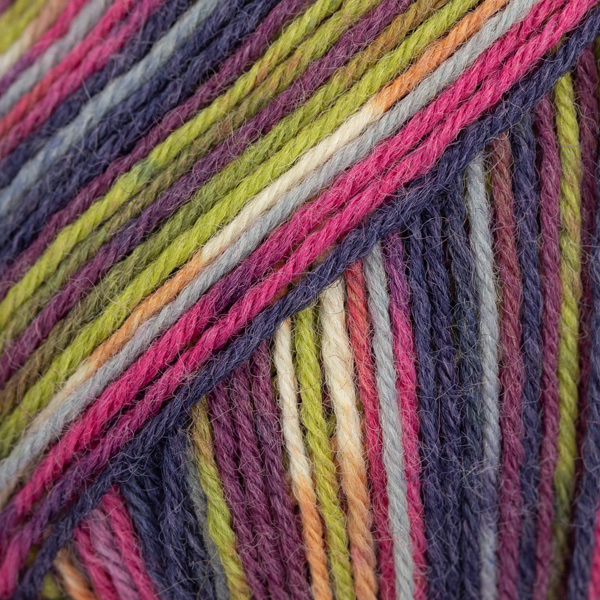
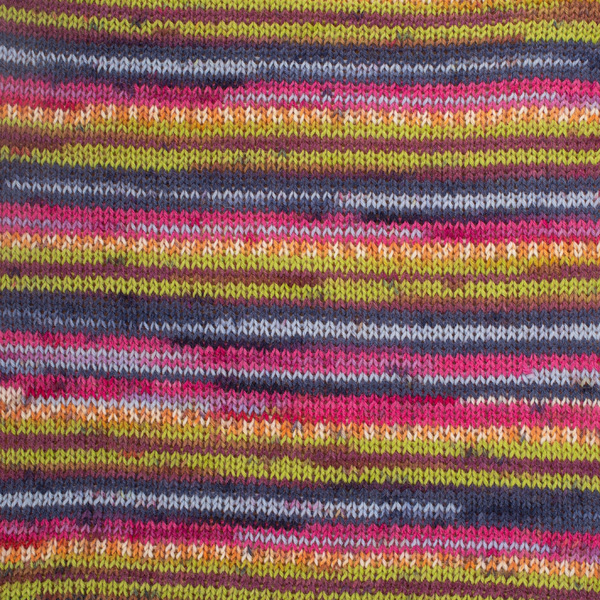

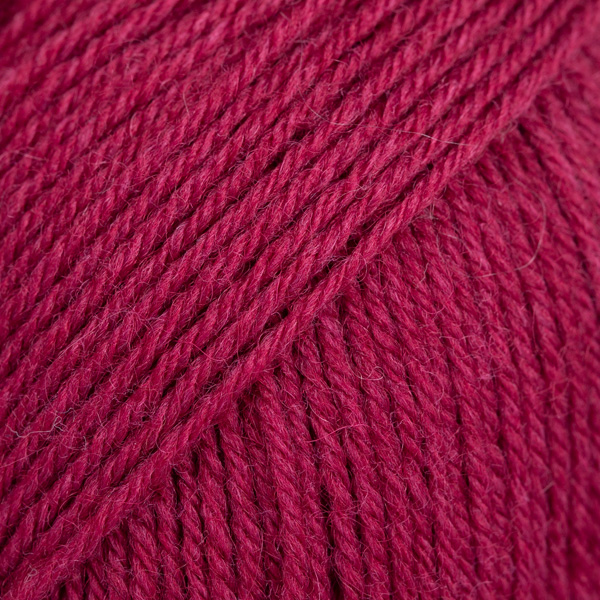


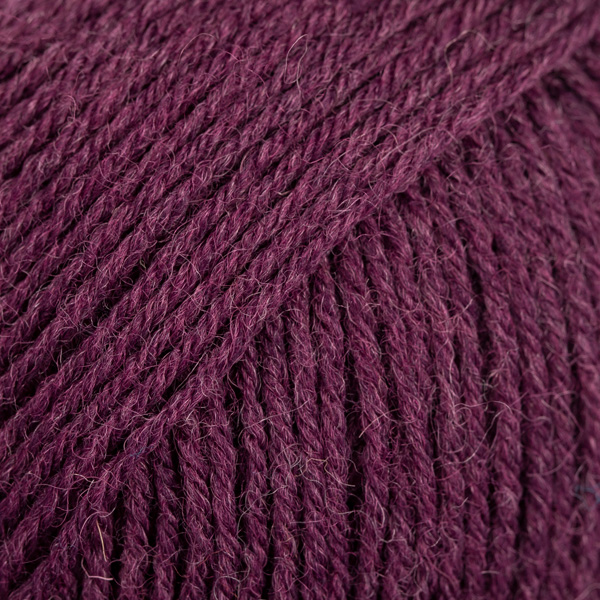
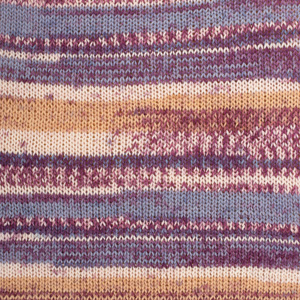

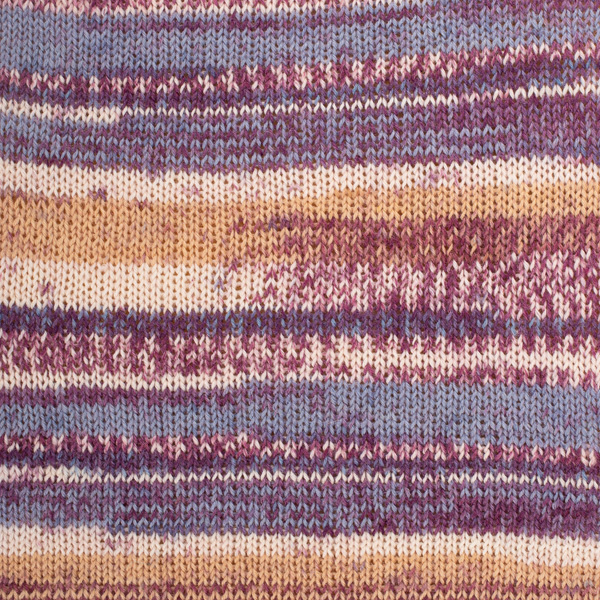

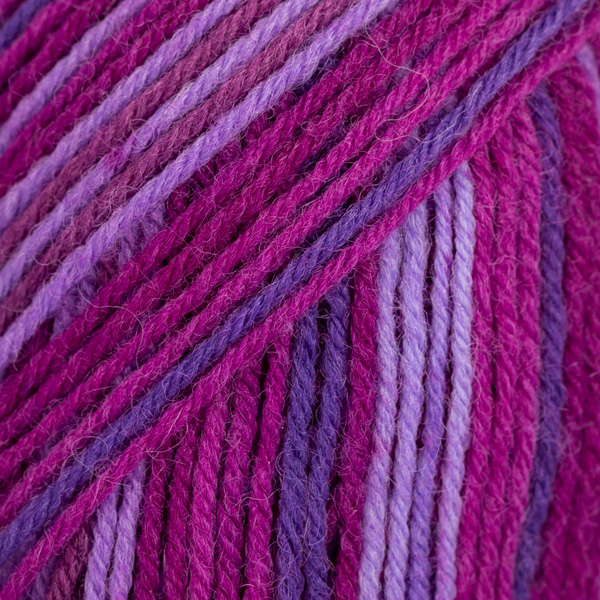
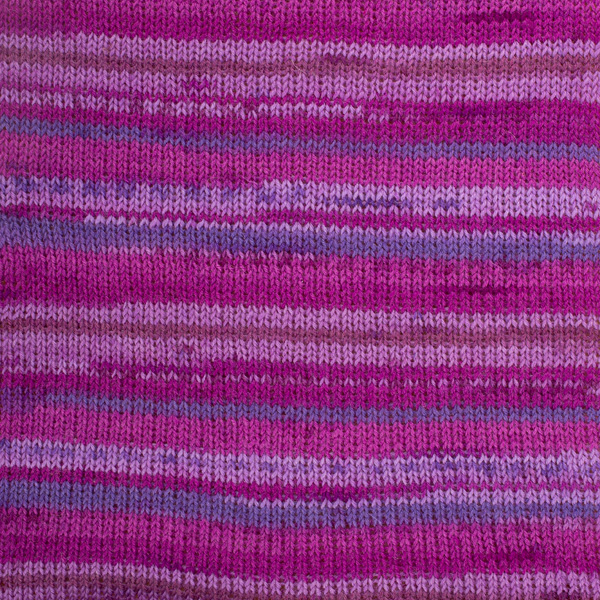

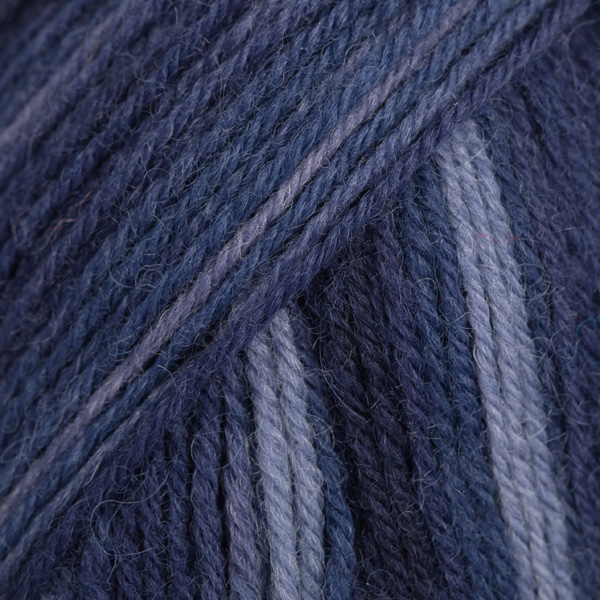
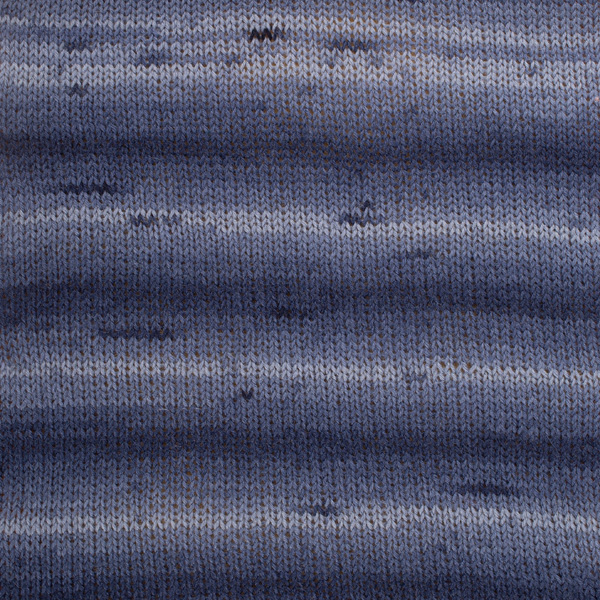







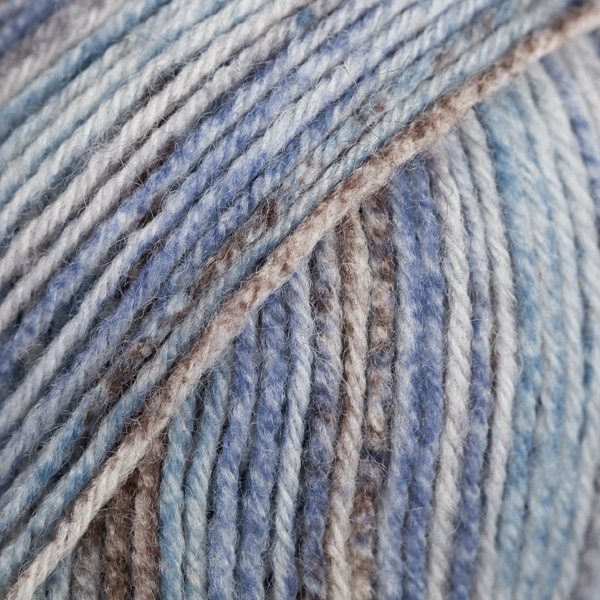
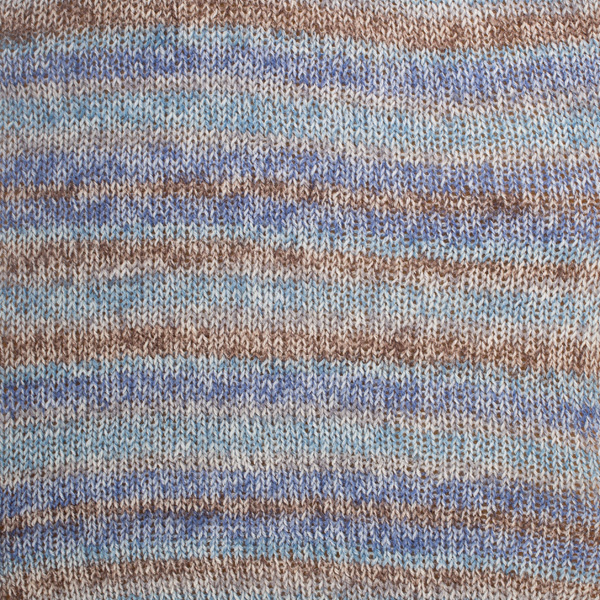

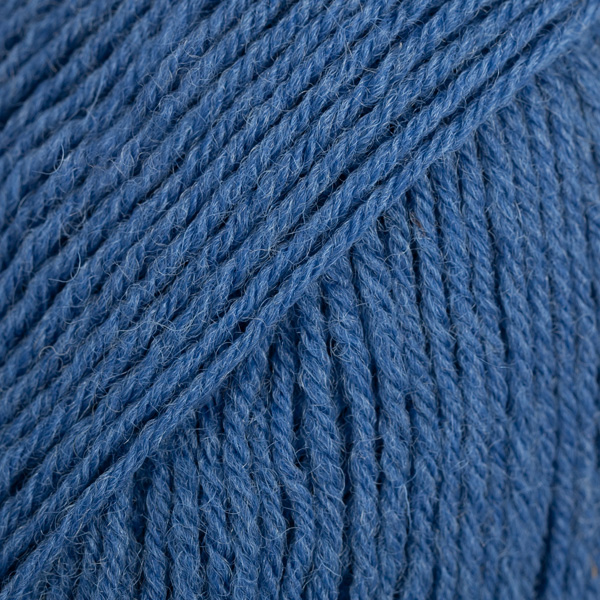

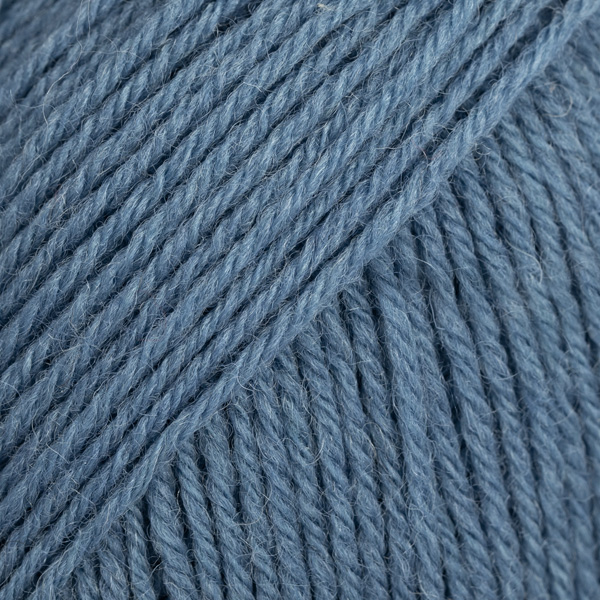
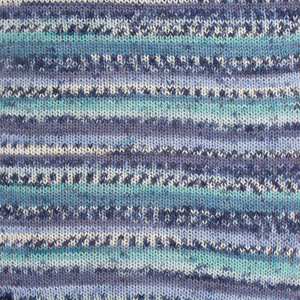
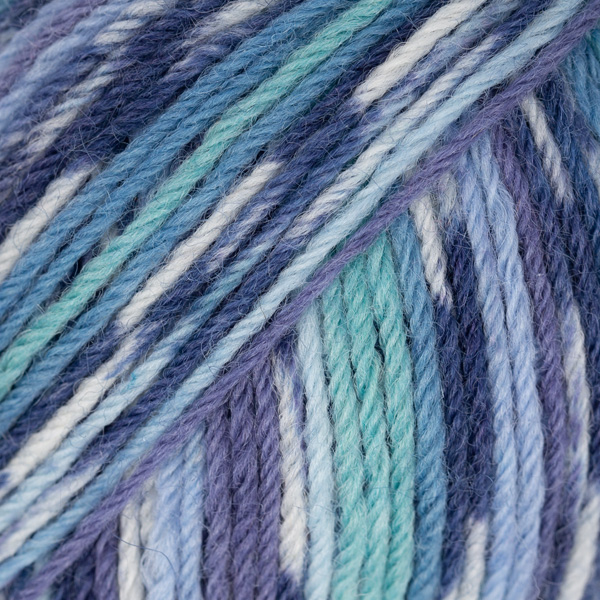
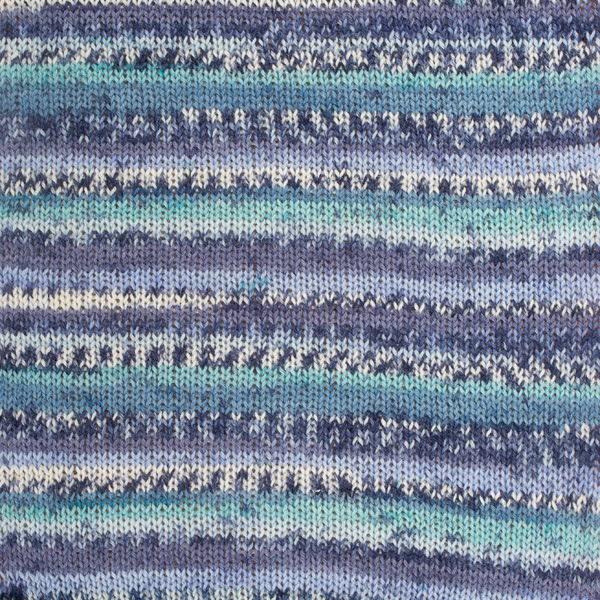

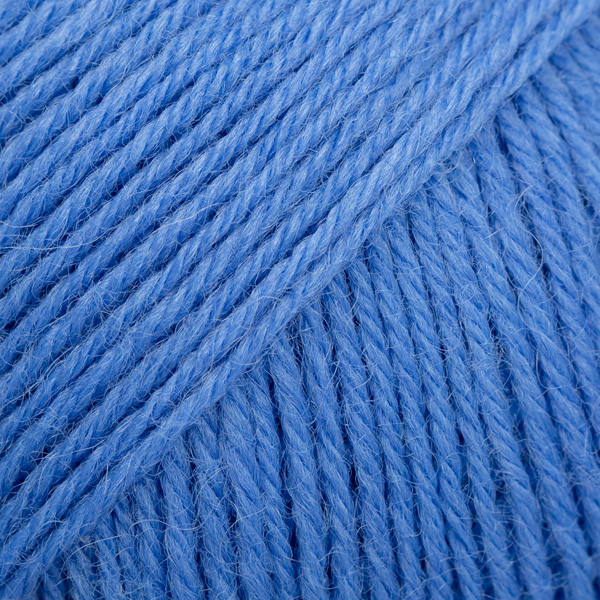
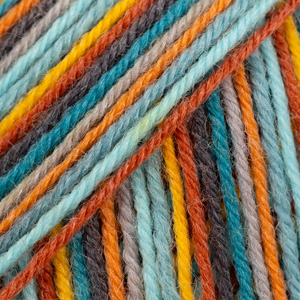
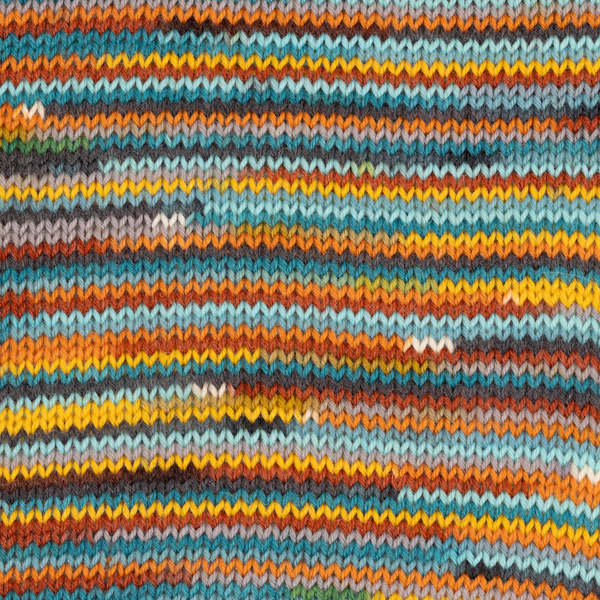
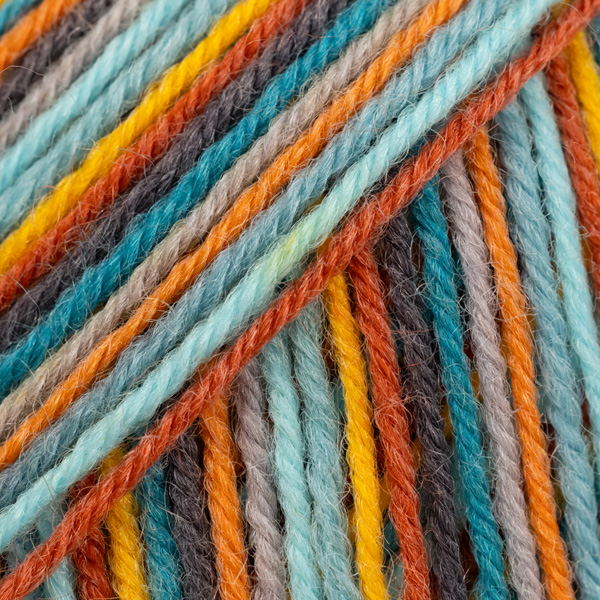
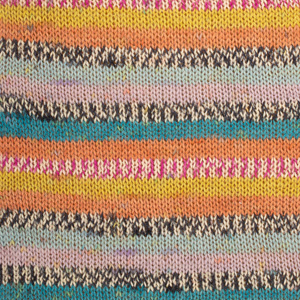
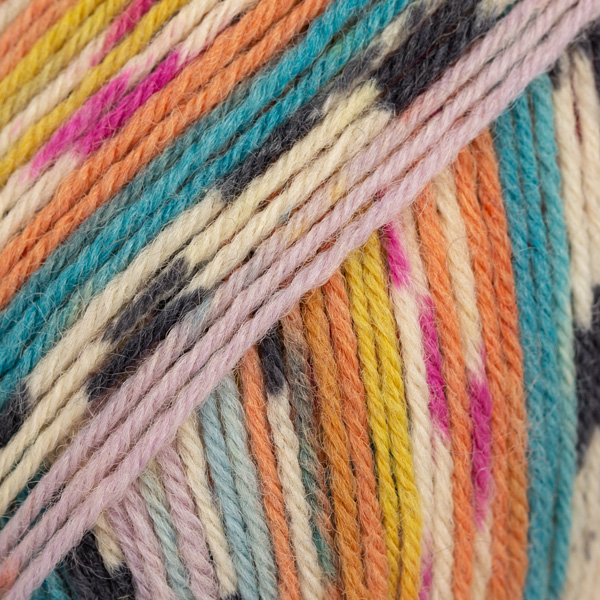
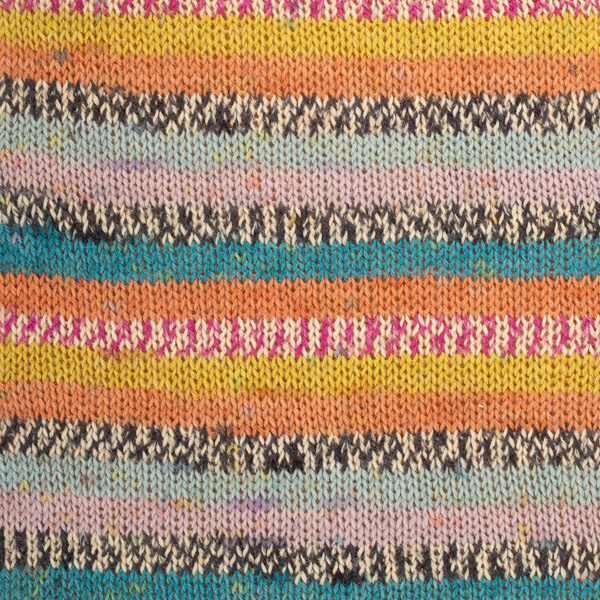
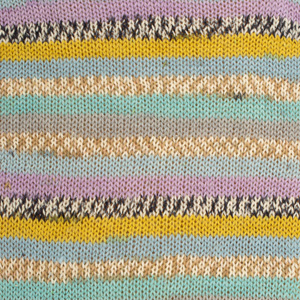
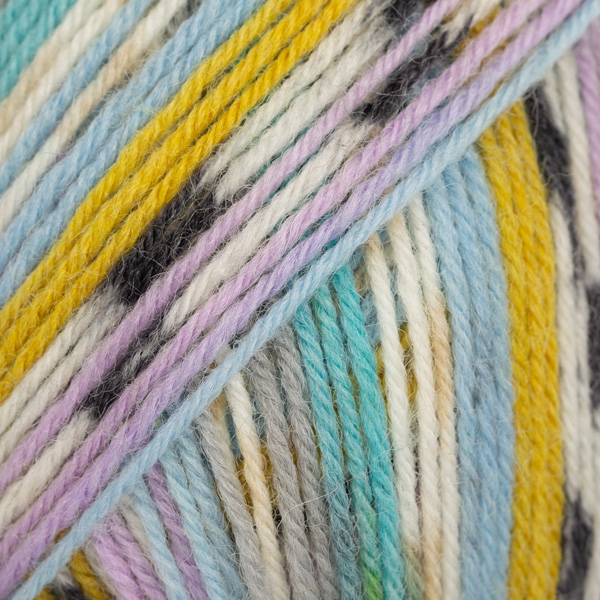
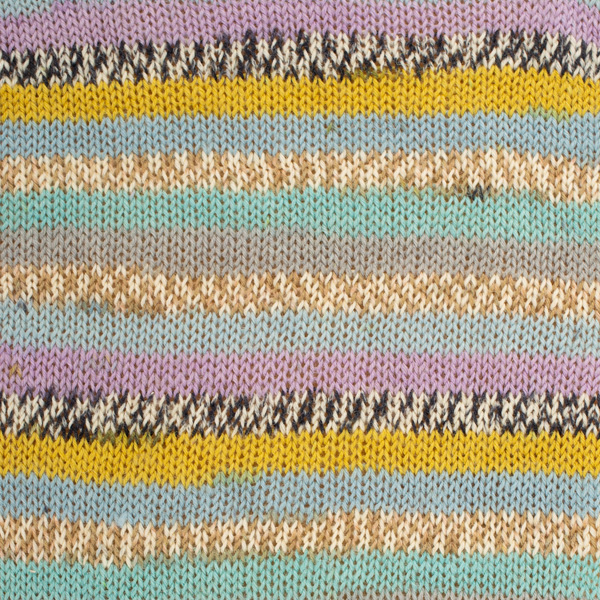

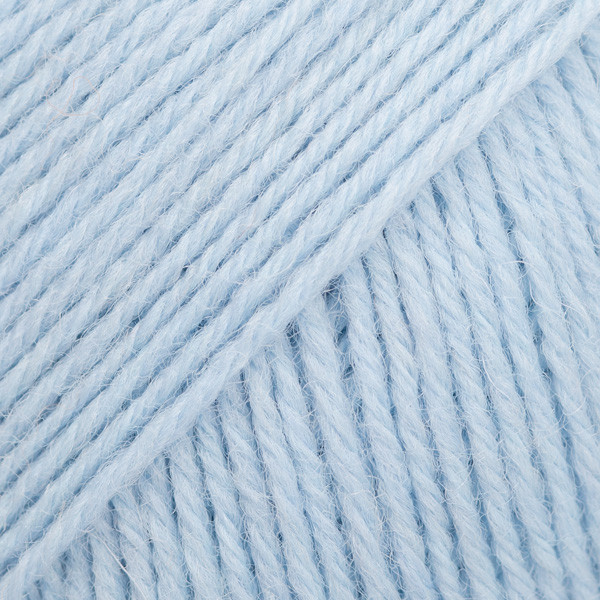

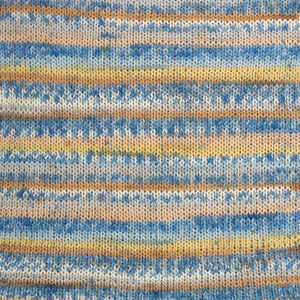
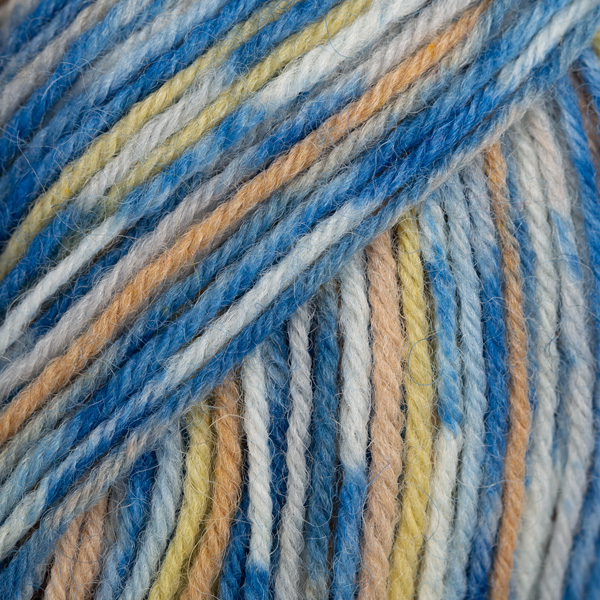
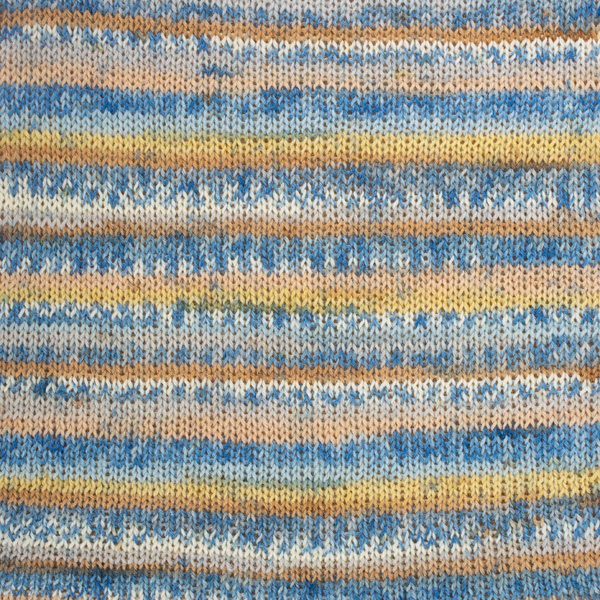

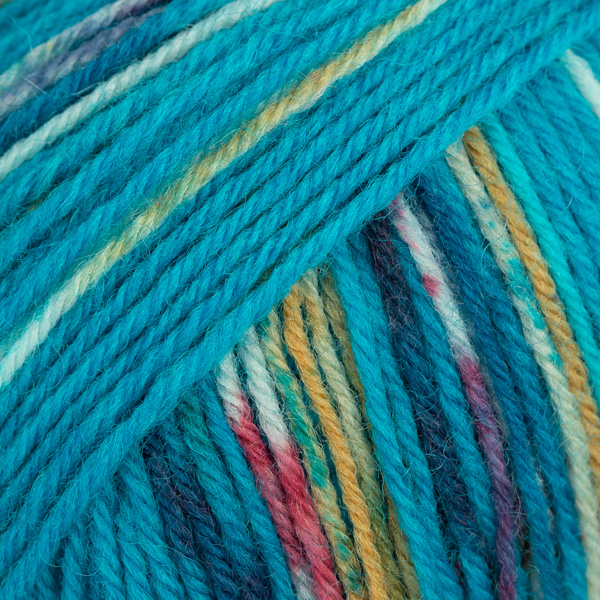
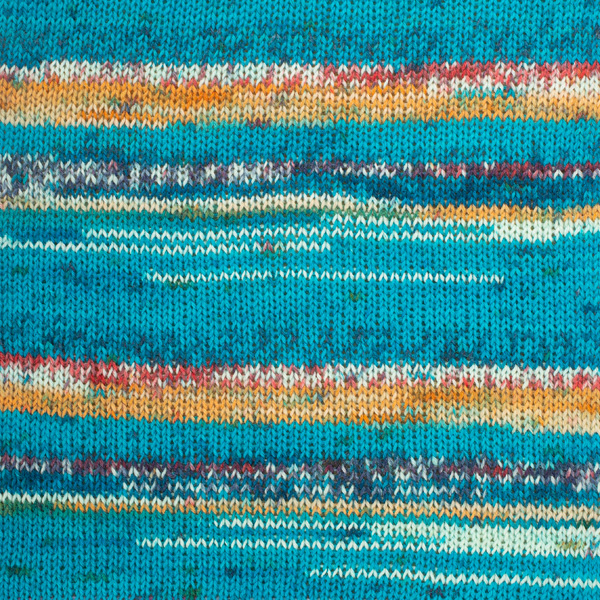

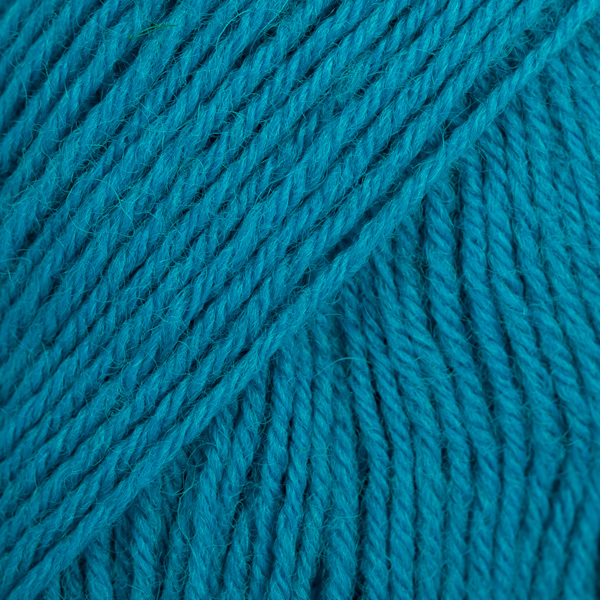



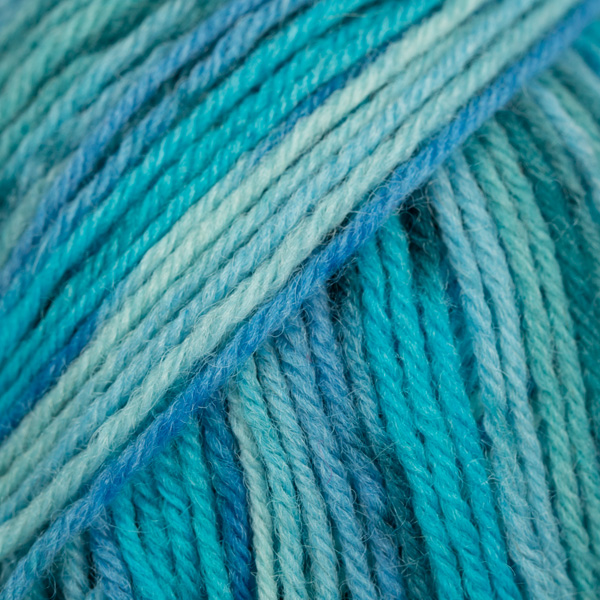
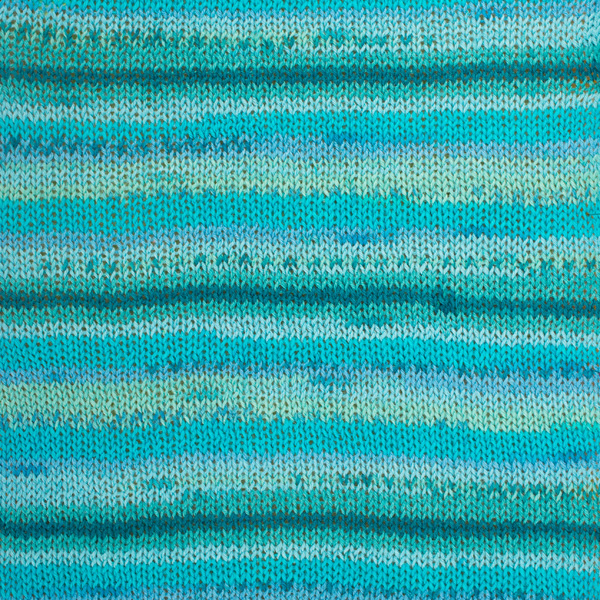

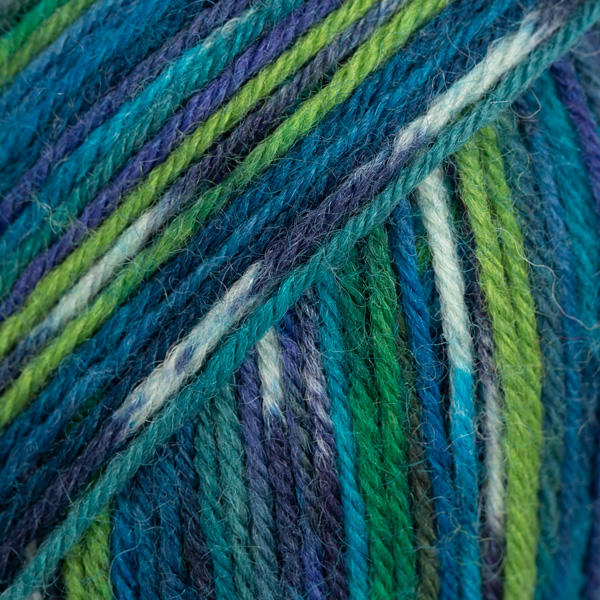

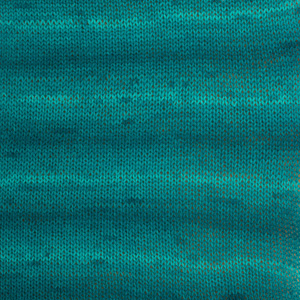
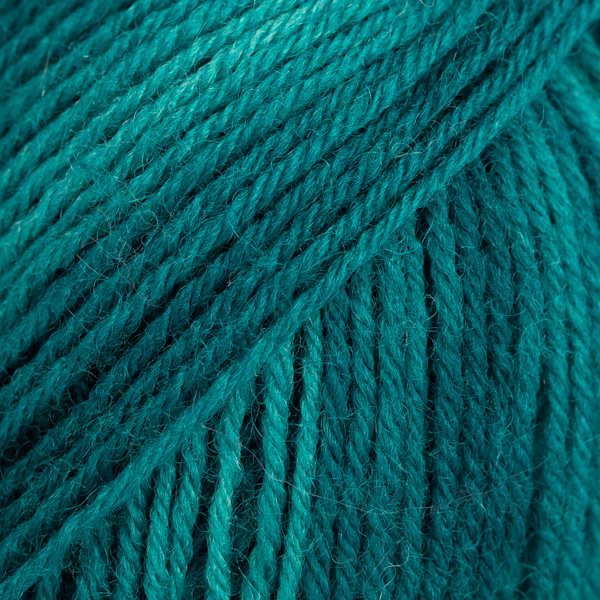
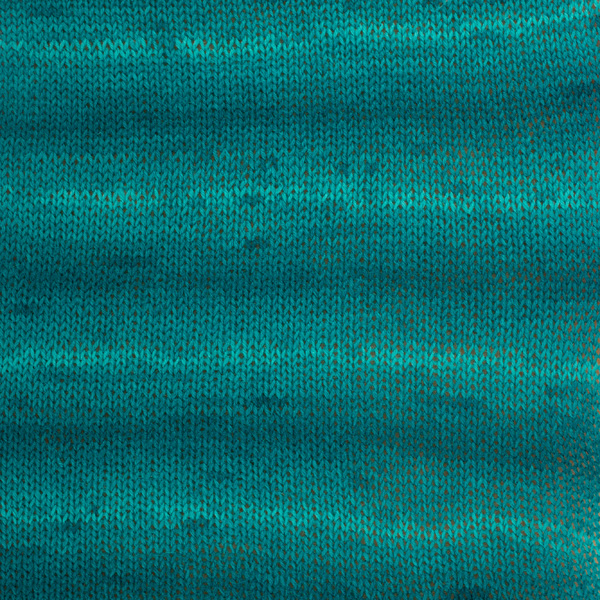

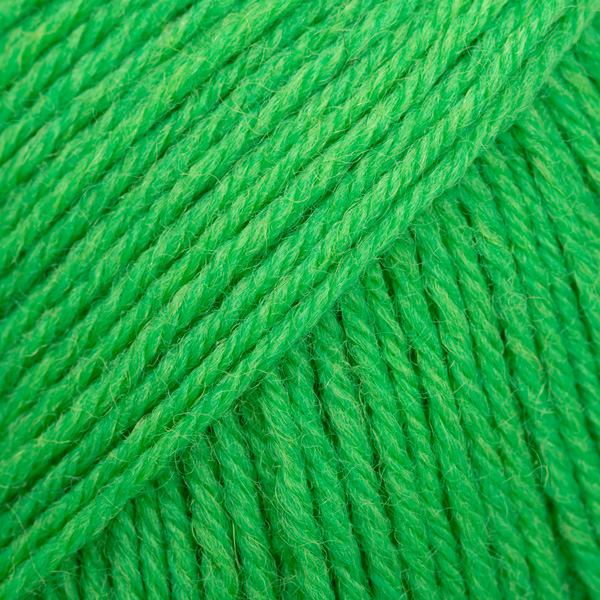








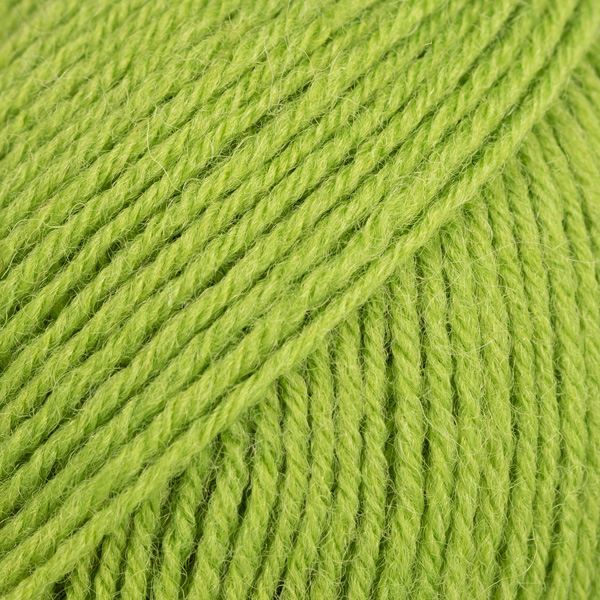

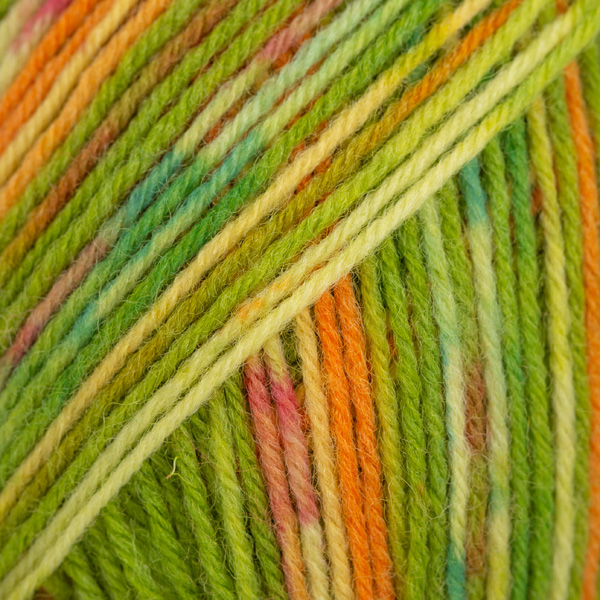
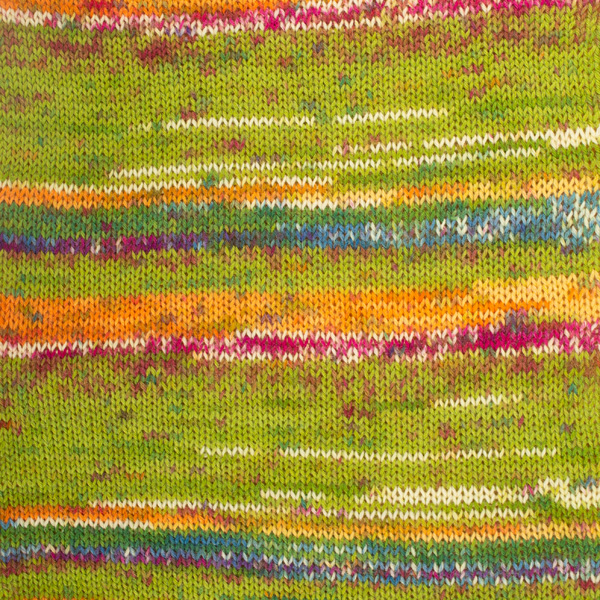
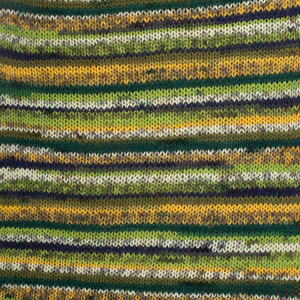
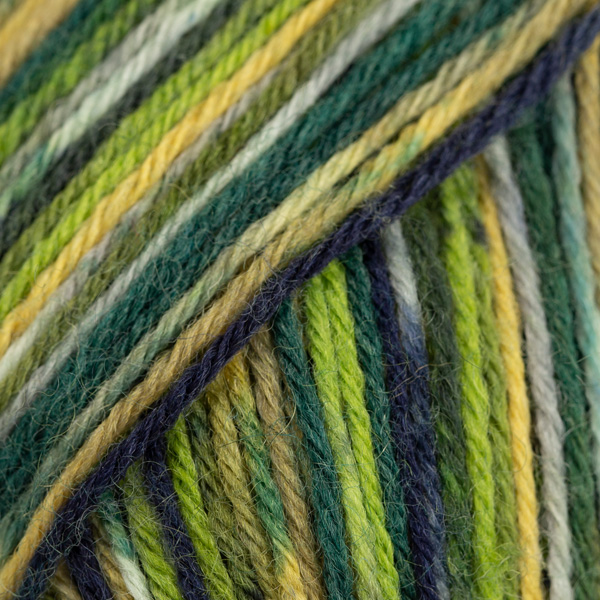








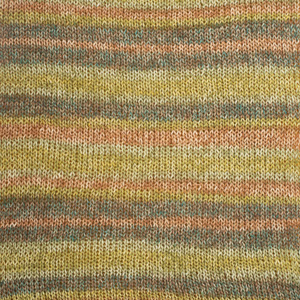

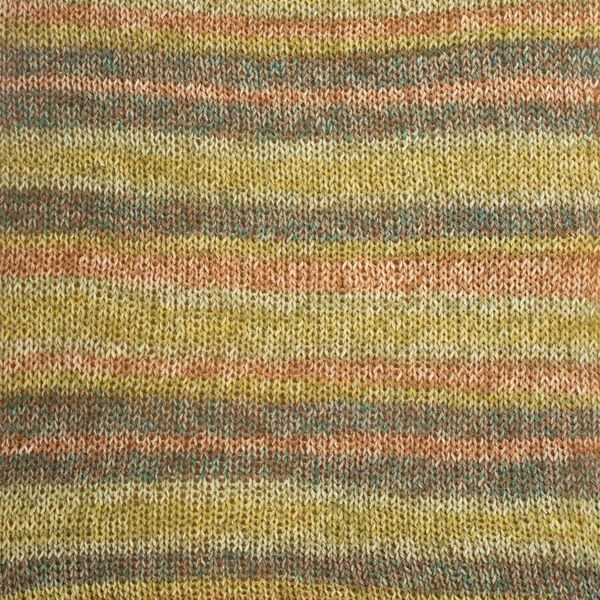

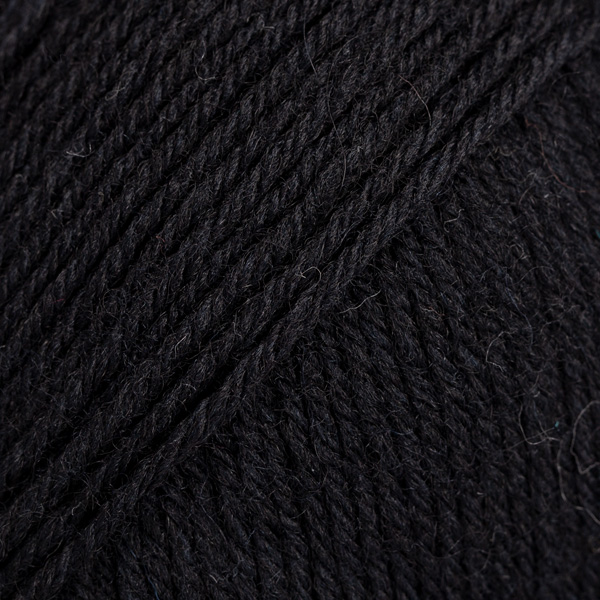

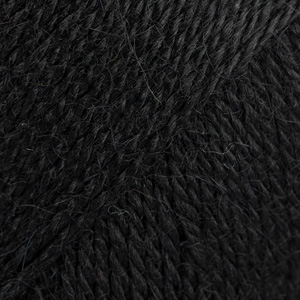















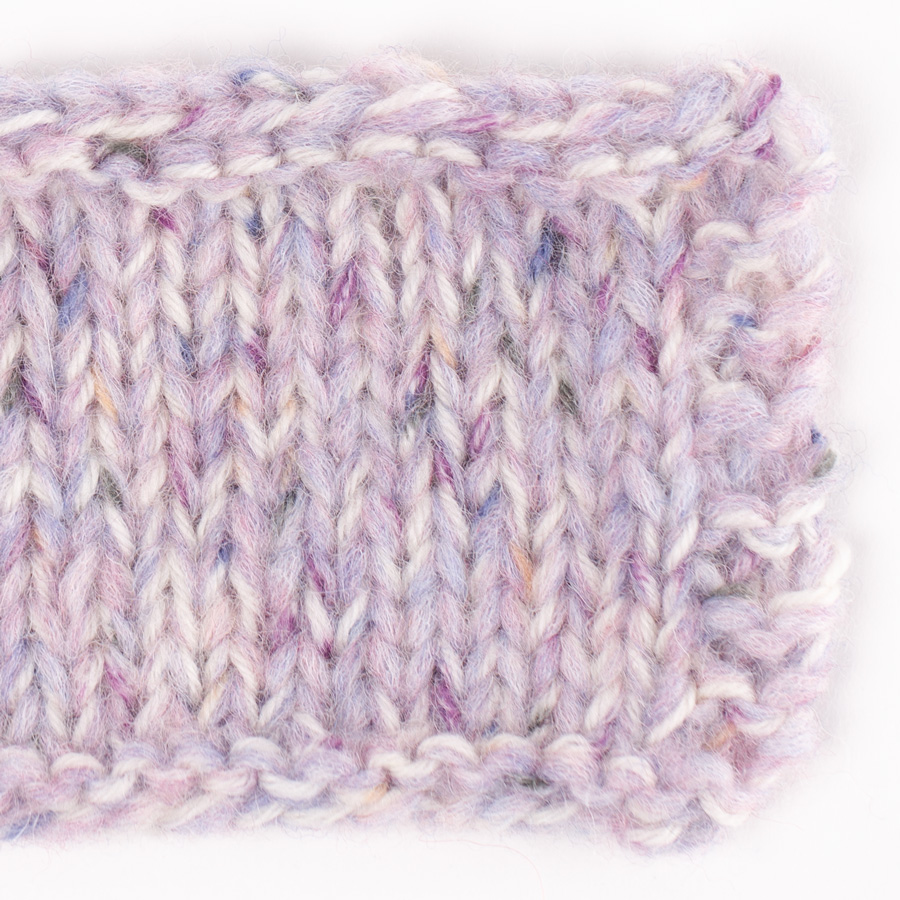

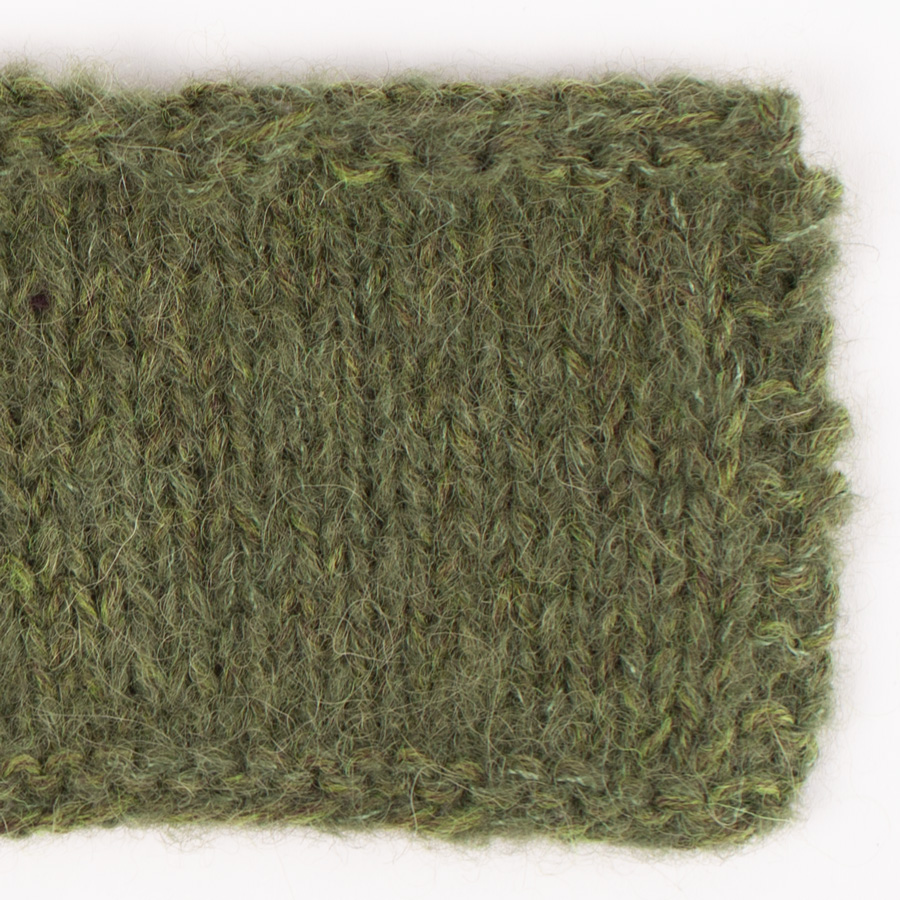
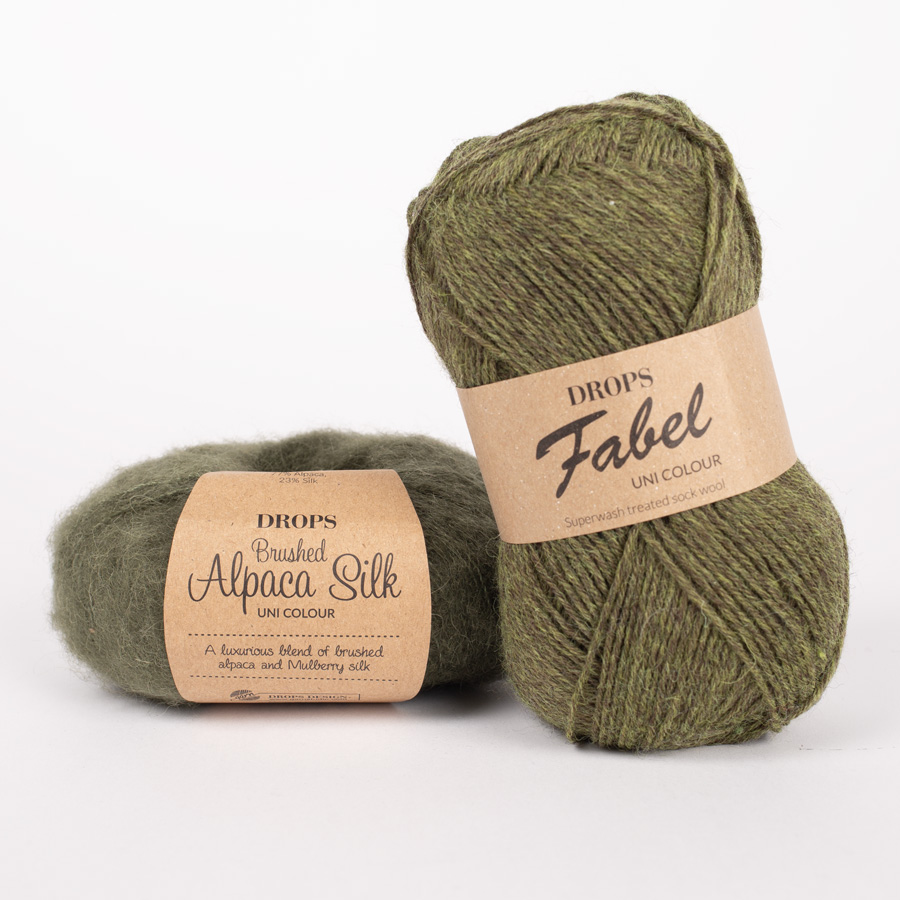

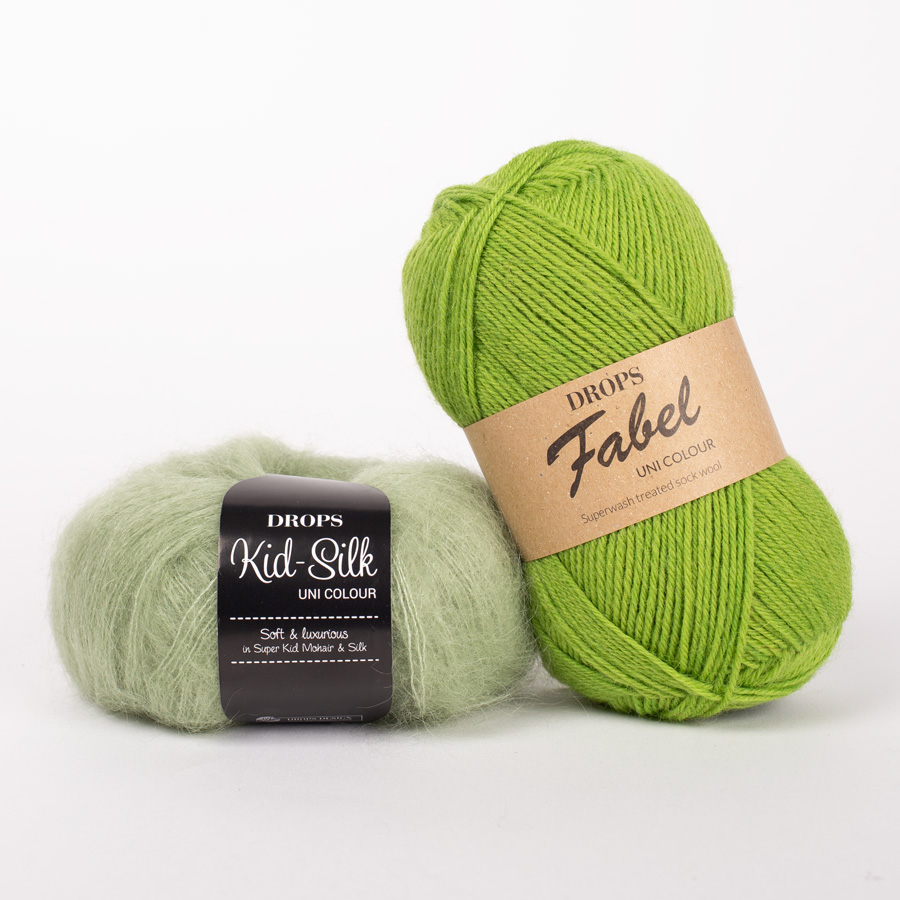
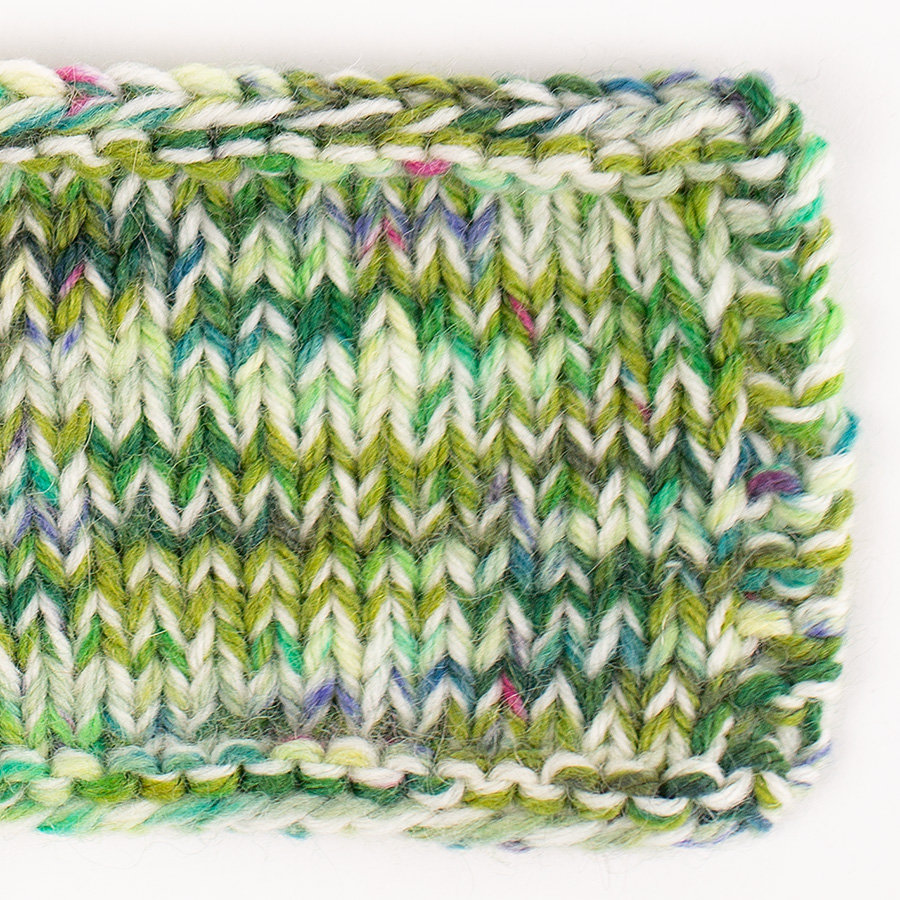
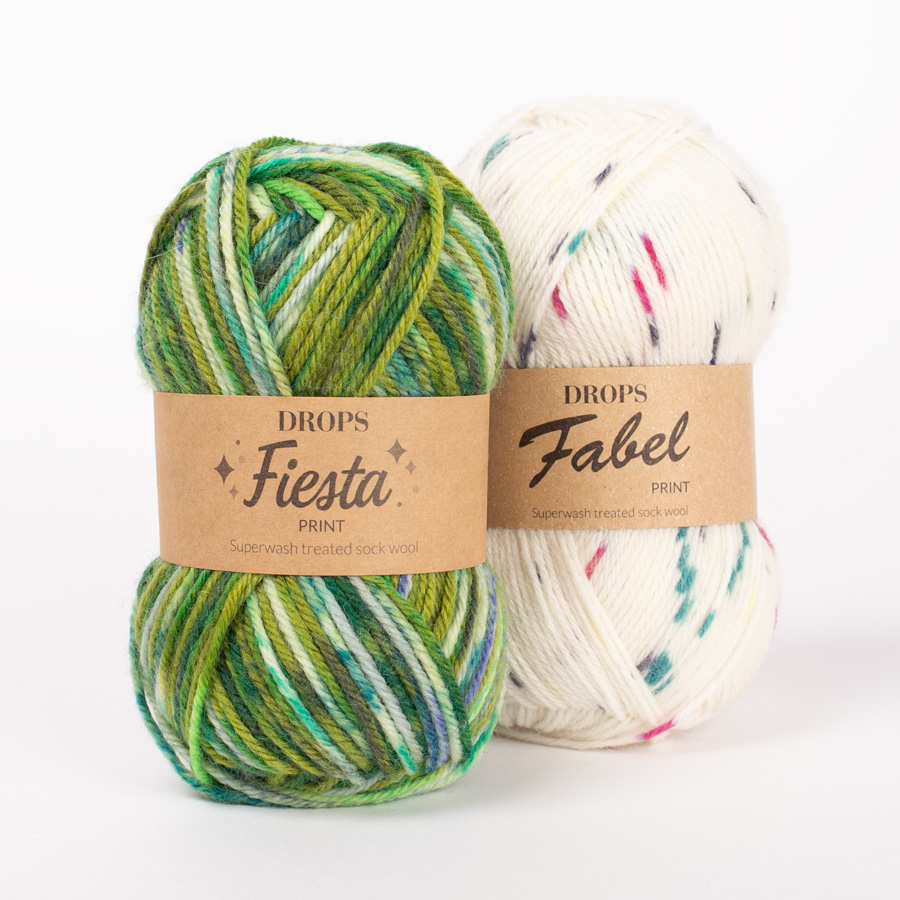
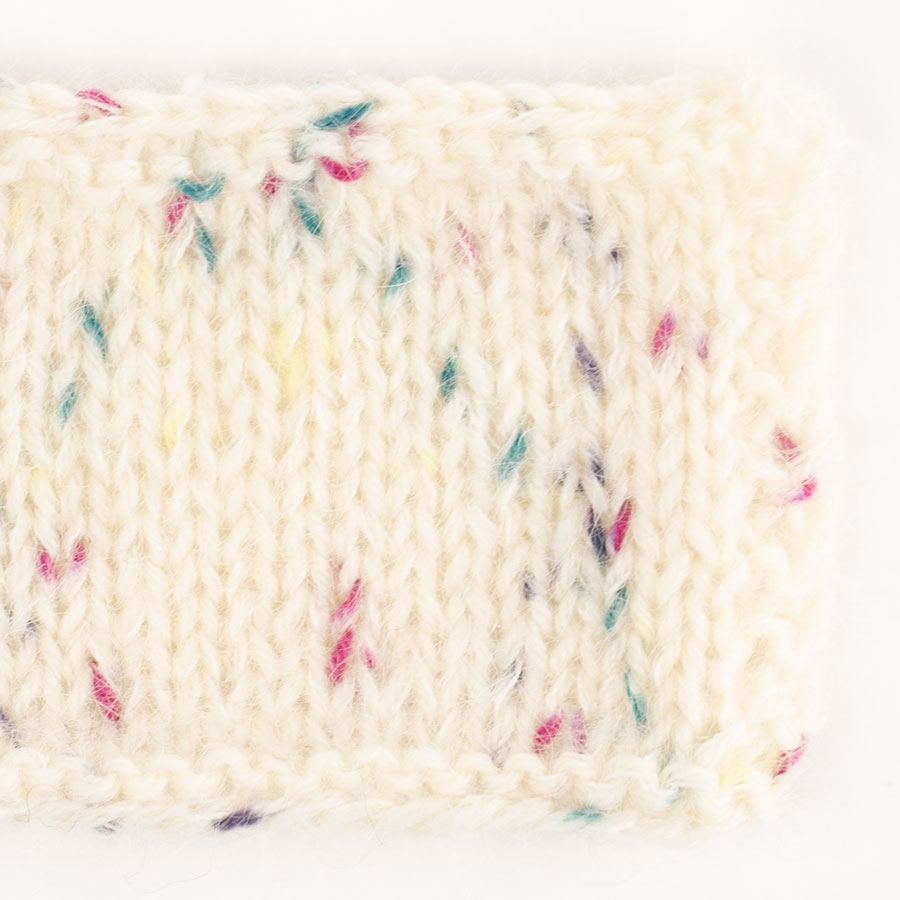
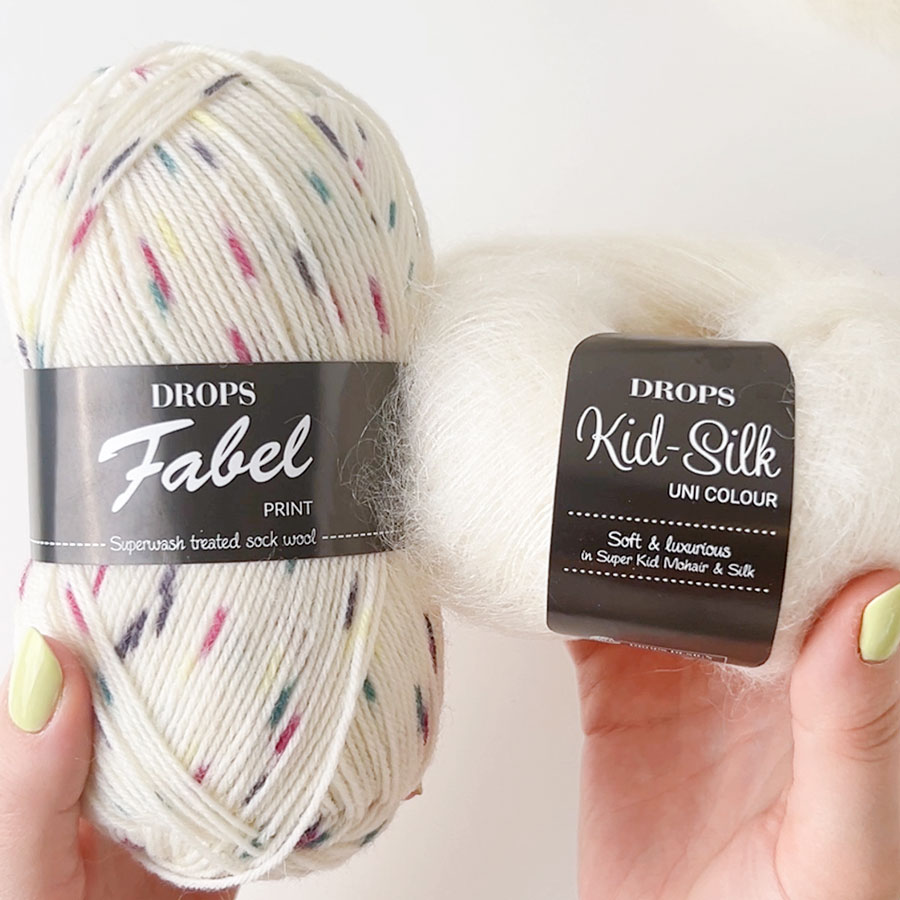

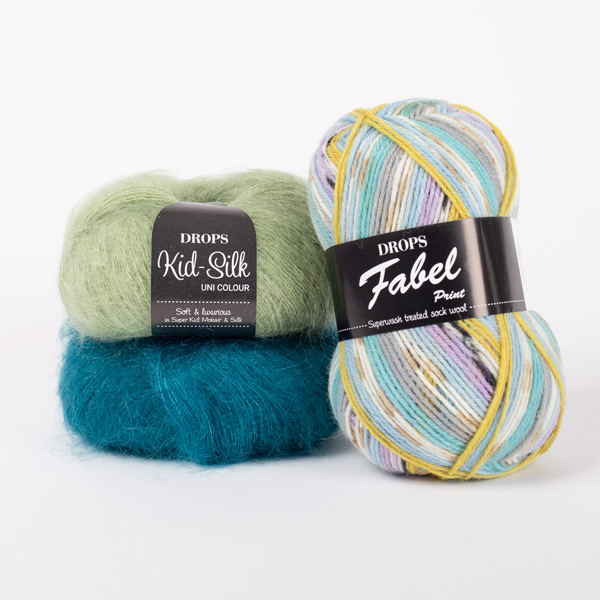
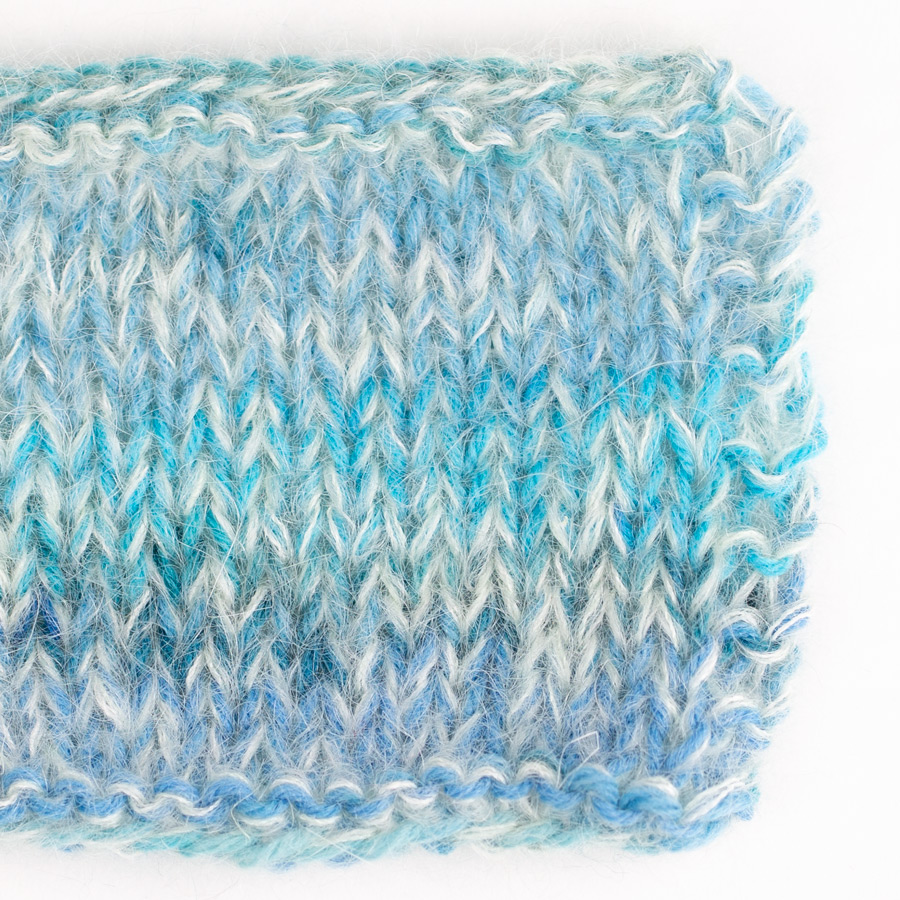
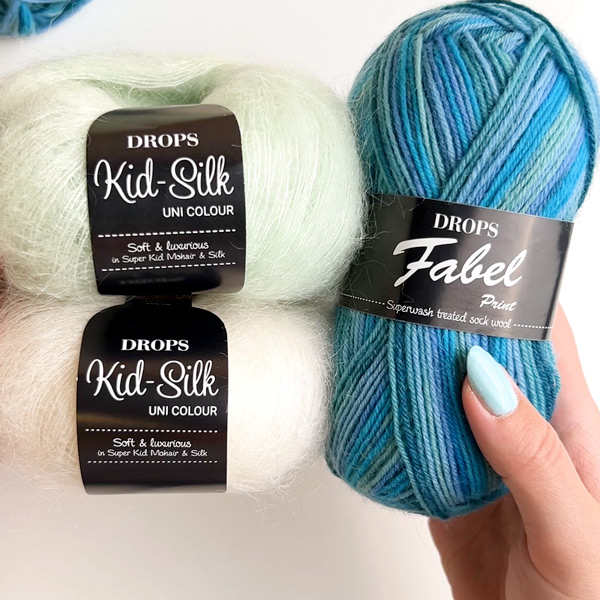
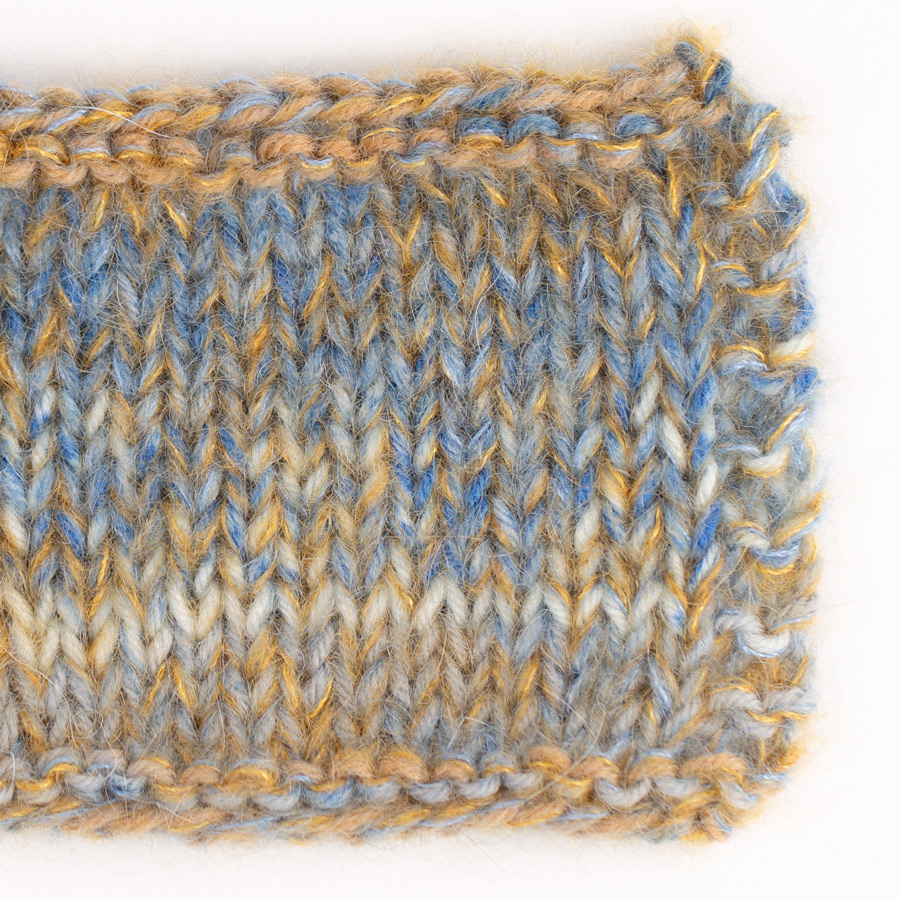
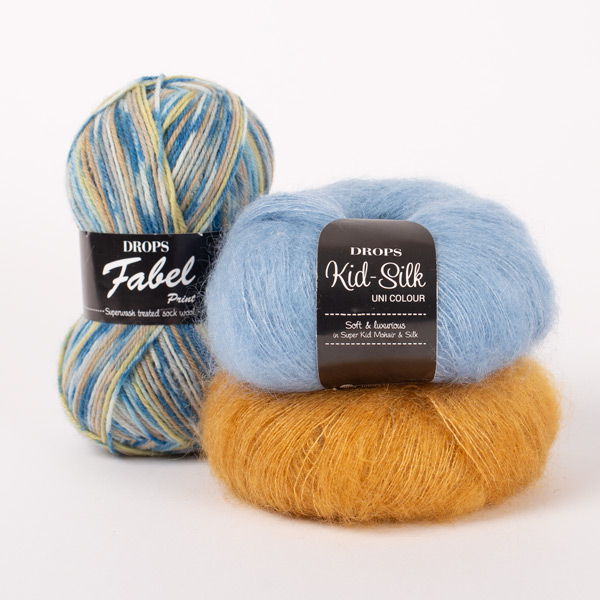

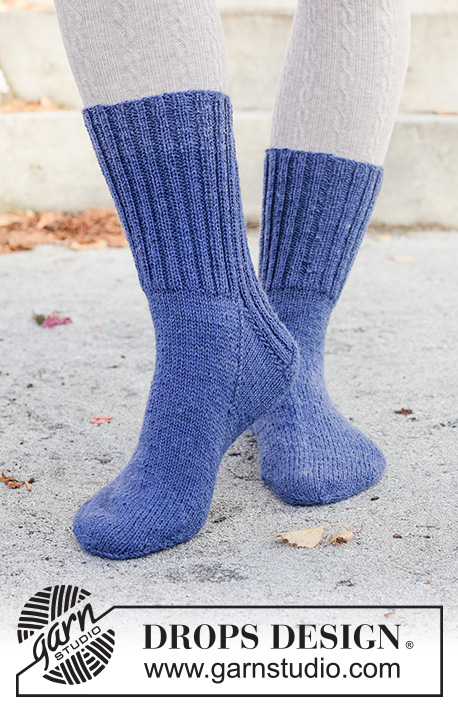
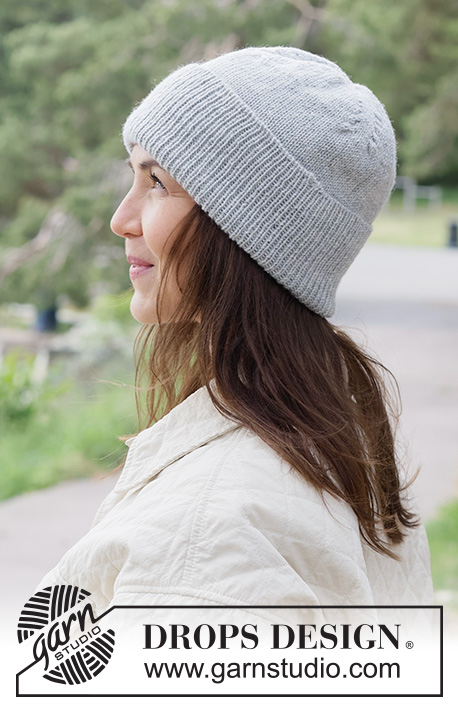
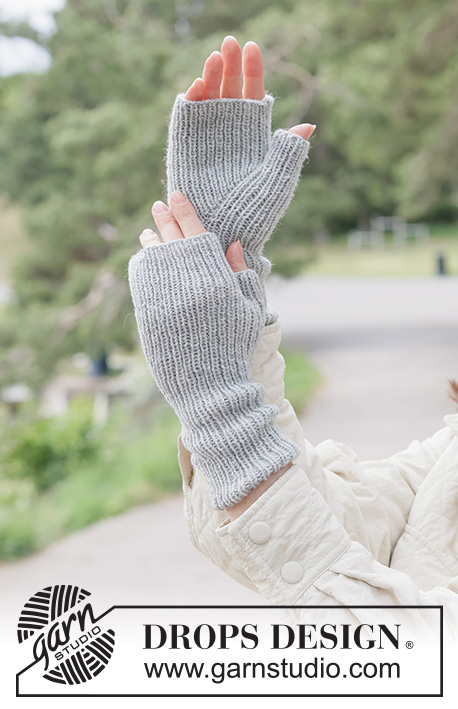










Hallo liebes Team, Möchte die Wolle für meinen kleinen Enkel und meinen Sohn verstricken. Beide haben aber eine sehr empfindliche haut. Kann ich die Wolle unbedenklich nehmen.? Vielen Dank.
09.02.2014 - 09:55